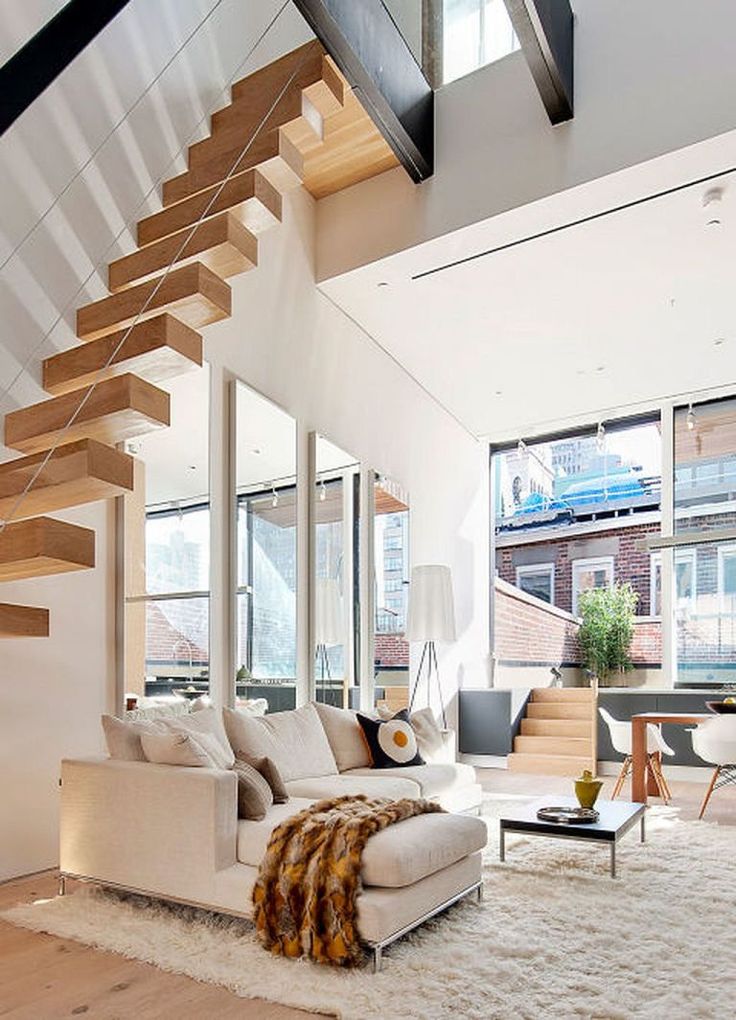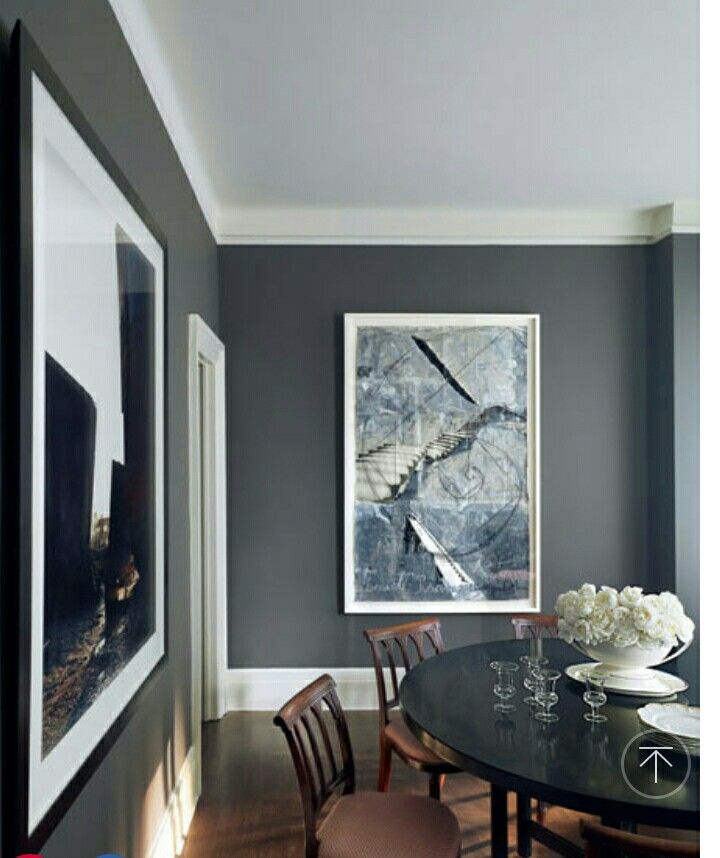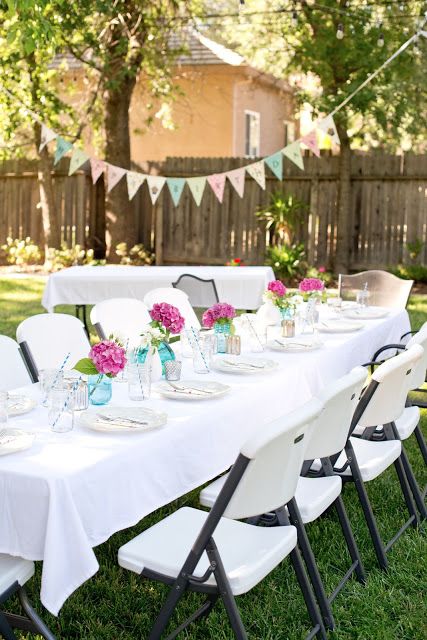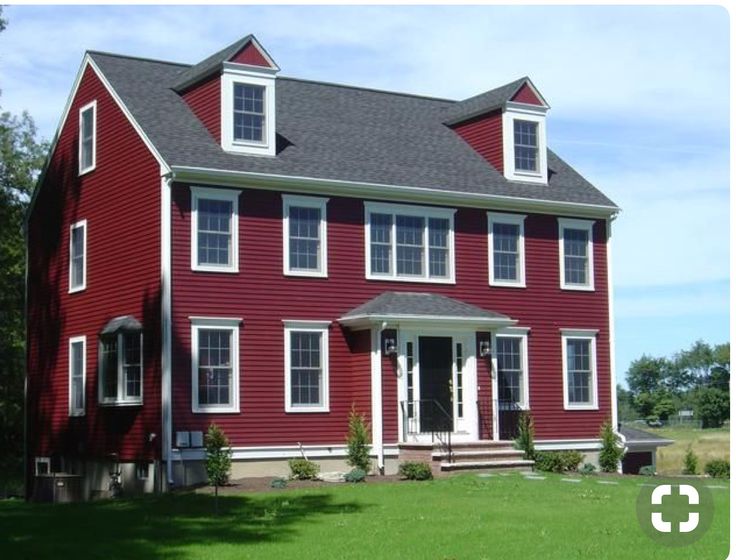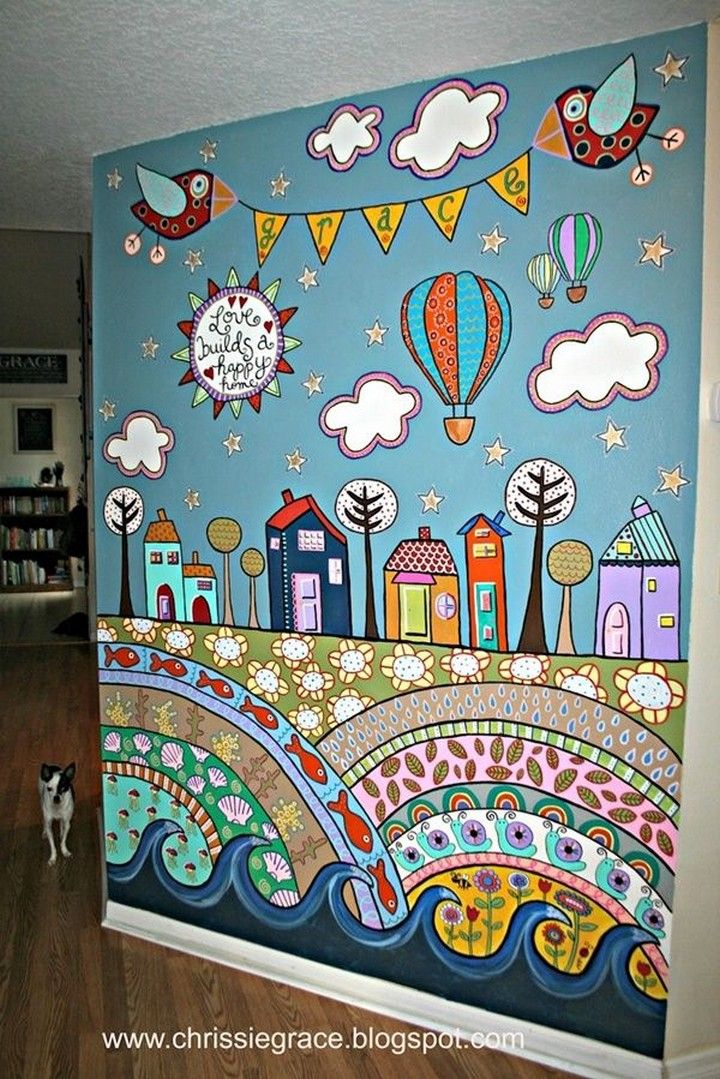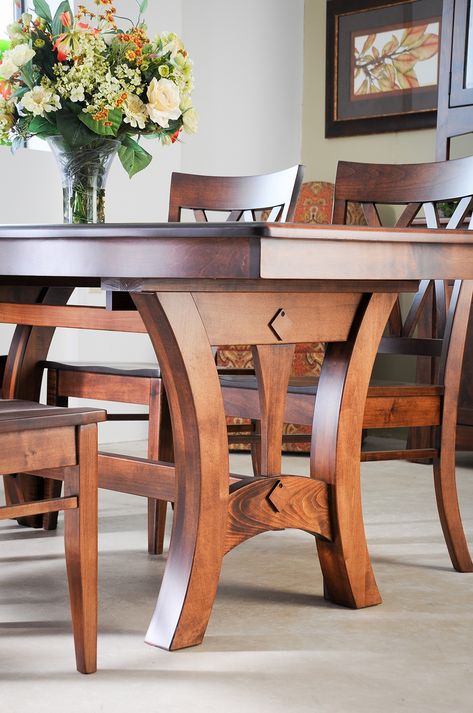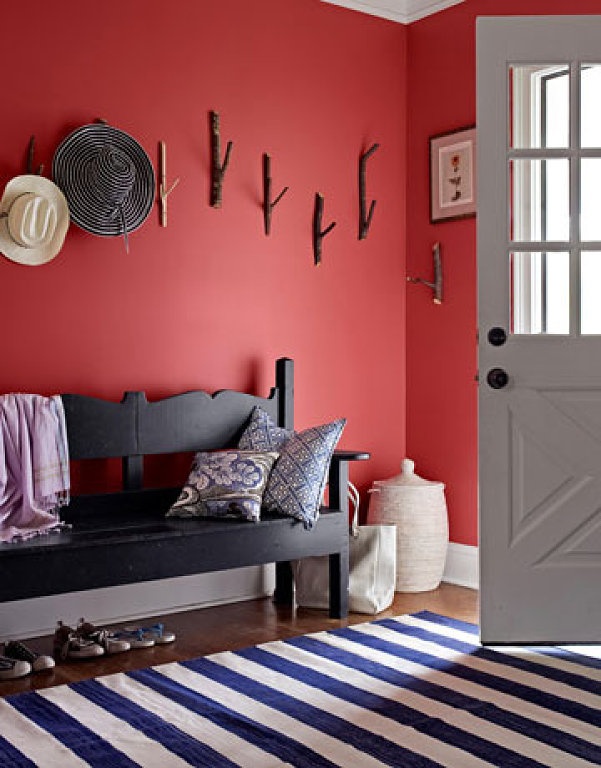How to interior design your home
How to Decorate Your Home - Real Estate Guides
By Tim McKeough
Header photography by Yasu + Junko; styled by Elizabeth Press
Moving into a new home can be one of life’s great joys, but it can also be a time of uncertainty, especially when it comes to decorating. How do you make your space look its best while reflecting your personal sense of style? Do it well and you’ll end up with a comfortable, happy home. Do it poorly and you’ll end up with a hodge-podge of furniture, fabrics and paint colors that never congeal into a pleasing whole. With a little planning, and by following the same steps used by professional interior designers, you’ll have a much greater chance of success.
Interior Decoration: Laying the Groundwork
To reach the finish line, you first have to know where you’re going.
Don't Start in the Furniture Store
Many have heard the advice to avoid grocery shopping when you’re hungry, because it leads to poor choices. The same holds true for furniture stores – don’t go shopping in a panic, just because you have an empty home. Yes, you need a sofa. But if you pick the pink-striped sectional just because you like it in the store, without taking measurements or thinking about the rest of the room, you’re stuck with it. The rest of the room will have to be built around that sofa, and if it’s too large for the space it will look forever awkward.
Start in the room you’re looking to furnish, armed with a measuring tape and a notepad.
Know Your Measurements
Matching the scale of furniture to the scale of a room is critical. A deep sectional sofa can easily overpower a small room and svelte chairs can get lost in a wide-open loft. Before you start designing, measure the length and width of each room you intend to decorate, along with the ceiling height and elements that could get in the way – stairs, columns, radiators and other obstructions. It’s also a good idea to measure window openings, along with the wall space below, above and to the sides of each one, to get ready for window coverings.
“The first mistake most people make is that they buy things that are the wrong size – sofas that don't fit in the room, sofas that don't fit through doorways, tables that are too small, desks that are too big, nightstands that hang into the doorway,” said David Kleinberg, founder of the New York interior design firm David Kleinberg Design Associates.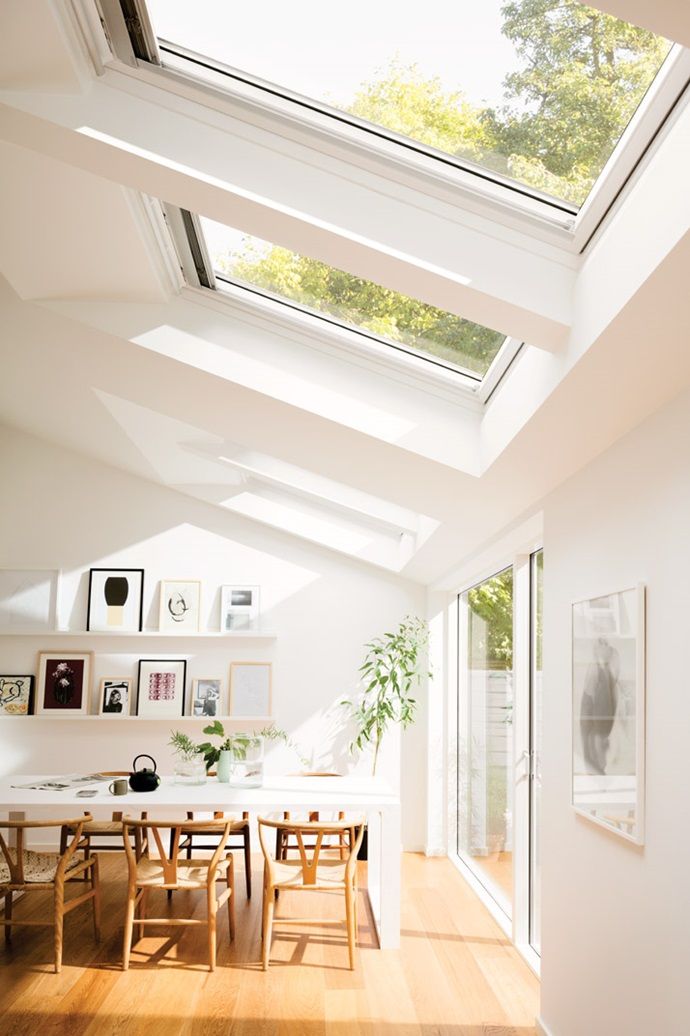 Carefully measuring your space can help avoid such problems.
Carefully measuring your space can help avoid such problems.
Create a Floorplan
Once you have the measurements of your room, it’s time to put them to use with a floor plan that gives you a bird’s eye view of the entire home. “Every job should start with a floor plan,” said Alexa Hampton, the president of Mark Hampton, the New York interior design firm founded by her father. “You need to know the space.”
One option is to draw a floor plan the old-fashioned way, with paper, a pencil and a ruler. However, most professional designers use drafting software like AutoCAD. In between those two extremes are apps that aim to make it easy for homeowners to create simple floor plans (some even automate measurements with your smartphone’s camera, but double-check those numbers), including Magicplan, Floor Plan Creator and RoomScan Pro.
Once you have the outline of the space, start experimenting with the placement of furniture, making sure that the footprint of each piece is scaled to match the size of the drawing.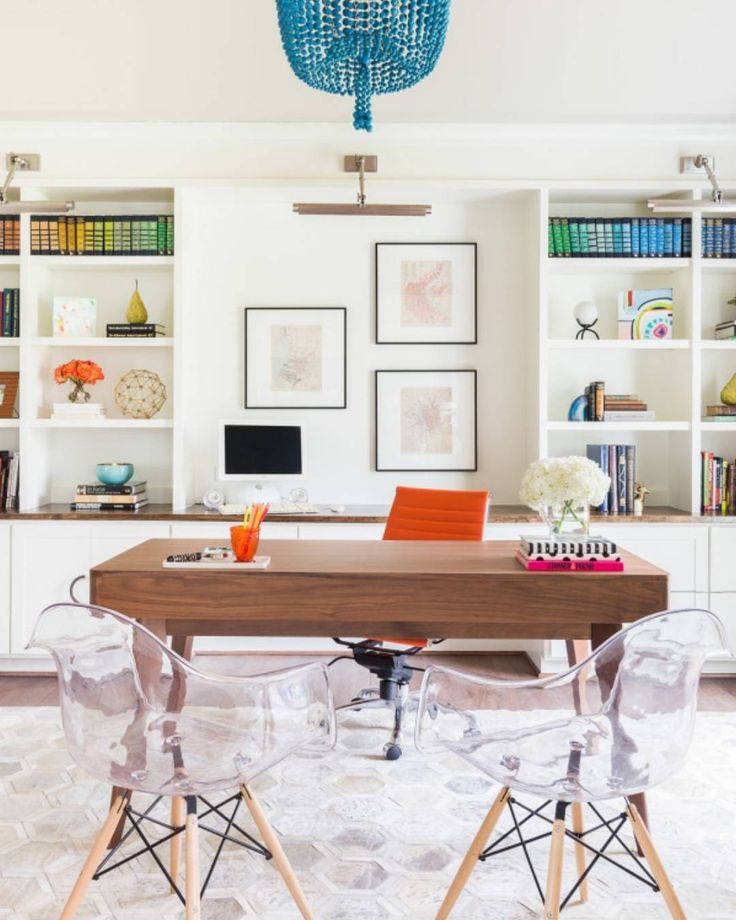
Decide How You Want to Live
This is the tricky part, and there are no right or wrong answers. Rooms can be traditional or modern, formal or relaxed, and visually warm or cool. “To the best of your ability, you have to try to discern how you would like to live in a given space,” said Ms. Hampton. “What will you be doing? How many people live there? Are there children? What are your ambitions for how you would like to live?”
The decoration of a home for someone who regularly hosts large dinner parties, for instance, should be different from a home for someone who eats out at restaurants every night. The person who plans to host lavish fundraisers should have a different living room than the person who dreams only of crashing in front of the TV.
Copy the Pros
Look in design books and magazines, as well as at online resources like Houzz, Pinterest and Instagram to sharpen your personal style. “Figure out the style that you respond to most,” said Brad Ford, an interior designer in New York City, and develop a dossier of favorite images.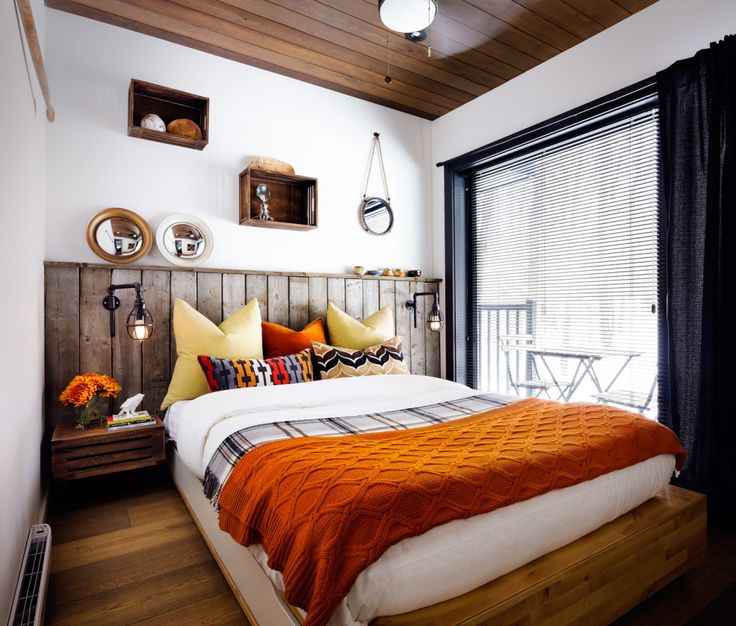
Once you have images you like, study the details, advised Mr. Kleinberg. “See where pattern is used versus where solids are used, and where color can be used successfully or not,” he said. It will also help inform everything from the type of furniture you might like to a potential strategy for window coverings.
Tape It Out
To take ideas on a floor plan one step farther, use painter’s tape in the real space to outline where furniture will be placed on floors and against walls.
“We use blue tape on the floor to box out different elements,” said Anne Maxwell Foster, an owner of the New York interior design firm Tilton Fenwick. “Where will the rug be? Does it need to be cut? How far is the coffee table coming out? Even though we have everything down to a sixteenth of an inch on a furniture plan, there's something helpful about visualizing it in the space, and being able to walk around.”
Develop a Budget
There’s no getting around the math: If you splurge on an unexpectedly expensive chair, you’ll have less money available for the rest of the home.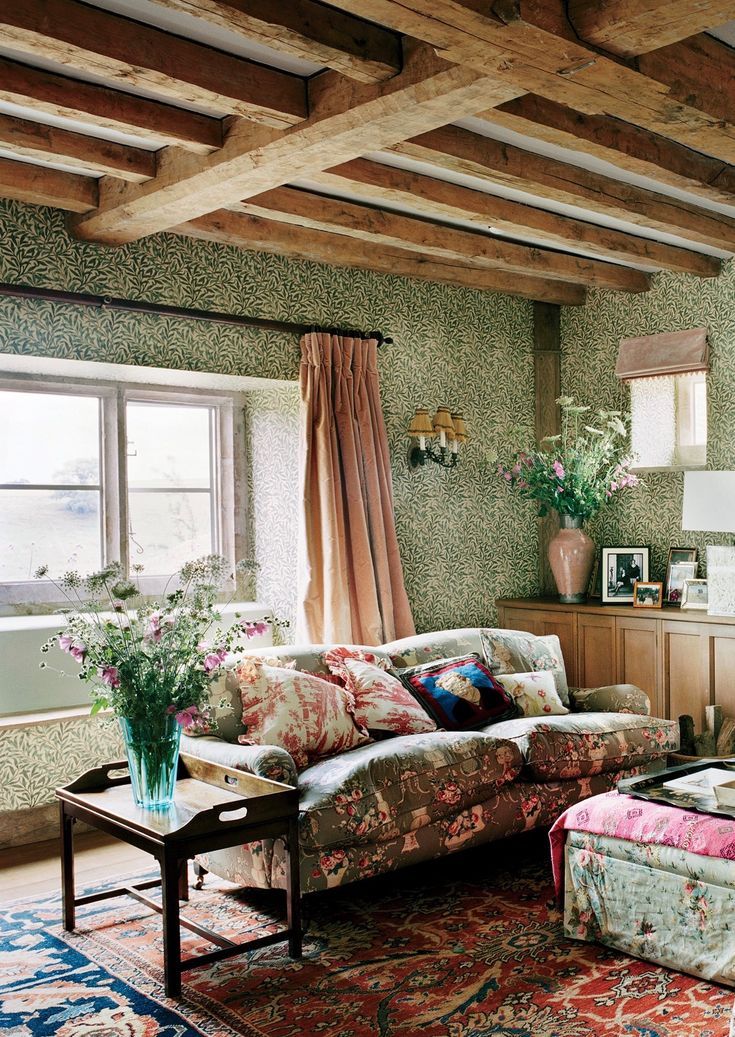 “You want to make sure you're being strategic about how you spend your money,” said Mr. Ford. “A budget gives you a roadmap for how to divide the costs of things between rooms.” You can still make an exception if you find a one-of-a-kind dining table, he noted, but in order to pay for it you have be thoughtful about where else you can cut back.
“You want to make sure you're being strategic about how you spend your money,” said Mr. Ford. “A budget gives you a roadmap for how to divide the costs of things between rooms.” You can still make an exception if you find a one-of-a-kind dining table, he noted, but in order to pay for it you have be thoughtful about where else you can cut back.
Plan the Phases
Finishing drywall, refinishing hardwood floors and painting ceilings is all messy work. If at all possible, it’s better to have this type of work completed before moving any furniture or accessories into the space.
If it can’t be avoided, seal large furniture under plastic drop cloths and accessories in boxes with tape to protect them.
Read More About Planning Your Decor
Entryway Ideas
The foyer or entrance hall creates the first impression, so make it count.
Make a Statement
Don’t hold back. “That room is the power moment when somebody walks into your home,” said Suysel dePedro Cunningham, an owner of the interior design firm Tilton Fenwick. “It can say so much about your personality and design taste.”
“It can say so much about your personality and design taste.”
For that reason, a wall finish that might seem like too much for a living room or bedroom may be ideal in a foyer. “It’s a place where you can do a bold color, a lacquer or a wallpaper for a ‘Wow’ moment that you might be scared of in a large living room,” she said.
An added benefit? Statement-making wall coverings and finishes tend to be expensive, but because foyers are usually small, these products can often be installed without breaking the bank.
Design to Your Routine
With a few key furniture pieces and accessories, you can make your daily arrival and departure sequence a breeze. “Typically, it's not a huge space, so you're working with a limited number of pieces,” said Mr. Ford. If you’re the kind of person who likes to drop everything when you walk in the door, “a console with drawers is great, because it’s a nice place to hide your keys and mail,” Mr. Ford said. Or, in the absence of drawers, a bowl, tray or other sculptural container can serve as a catchall to help keep things organized.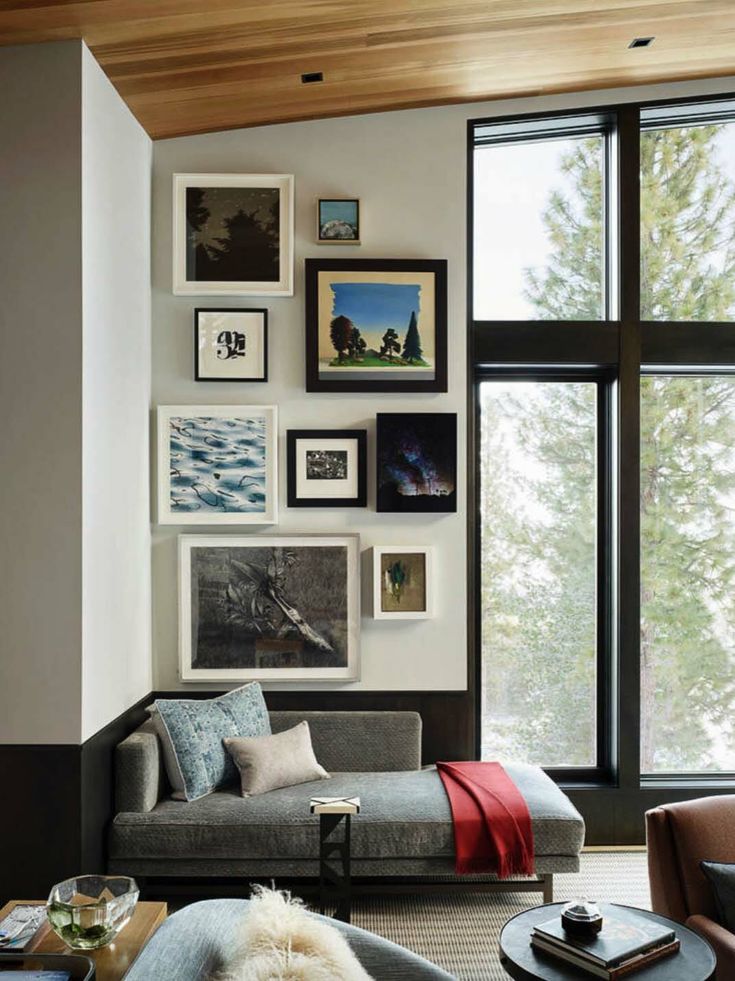
A bench or a stool or two that slide under the console can provide a place to sit while lacing up shoes while taking up minimal floor space.
Another helpful element is a wall-mounted mirror, said Mr. Ford. “It gives you one last chance to check yourself before you walk out the door.”
Plan for the Weather
As the first space people enter when coming from outside, the foyer has to deal with a lot – ice, snow, rainwater, mud and whatever else Mother Nature decides to deliver. To avoid having these things creep into the rest of the home, you need to deal with them at the front door.
The effort begins even before you cross the threshold. “I like to have a mat outside the door, so people can wipe off their feet before even stepping inside,” said Mr. Ford.
Inside, you can follow up with an indoor-outdoor rug. An umbrella stand not only keeps umbrellas handy, but also prevents wet ones from draining on the floor. Storage bins or baskets, which can be stowed under a console (if the space isn’t taken by stools), can contain soggy hats and mitts. If your foyer doesn’t have a closet, buy coat hooks or a rack. These are all functional pieces that can serve double-duty as decorative elements as well.
Storage bins or baskets, which can be stowed under a console (if the space isn’t taken by stools), can contain soggy hats and mitts. If your foyer doesn’t have a closet, buy coat hooks or a rack. These are all functional pieces that can serve double-duty as decorative elements as well.
Dining and Living Room Decor Ideas
The main living areas, whether they are separate rooms or combined in an open-concept space, set the stage for life with family and friends.
Create the Palette
You can see colors, patterns and metal finishes online, but digital images are mere approximations of what the real things look like. Wherever possible, order color chips, fabric swatches and material samples to be sure finished products will meet your expectations. “You can order samples from most vendors, and it’s always best,” said Mr. Kleinberg. “Some colors blend together,” when viewed on a screen, he added, and it can be difficult to differentiate cool and warm tones.
Don’t just look at the samples in isolation. Pin them to a board or put them in a tray to see how well they work together. “All greens play nicely together,” said Mr. Kleinberg. “All blues fight.” Putting samples side by side is the way to see if different colors and patterns will live in harmony or tension.
Ms. Hampton sometimes goes one step farther. “When we’re working on a fabric scheme, we’ll put the fabric on the copier, reduce it, cut it into the right shape for the floor plan and paste it down,” she said, “so we can see how the various fabrics spread through the room.”
Treat the Walls
Paint colors are notorious for appearing different hues in different light conditions (and seeming to change between the paint store to home). This effect is only amplified once you slather it on four walls. For that reason, it’s never a good idea to commit to a paint color when you first see the chip in a store. Look at the largest chip you can get in the room you plan to paint, at a minimum. Better yet, paint large sample patches on walls or on boards that can be moved around and view them at different times of day.
Better yet, paint large sample patches on walls or on boards that can be moved around and view them at different times of day.
Note: As long as you test the color before painting the entire room, there’s no reason to be scared of bold, saturated colors.
Once you have a color selected, choose the sheen. Matte or flat paints offer a pleasant gauzy appearance that also hides wall imperfections, but can be difficult to maintain, clean and touch up. “I tend not to do matte walls, in general,” said Ms. Hampton, who prefers paint with an eggshell or satin finish that is just slightly glossier and easier to scrub.
Baseboards, moldings, doors and other trim can be painted the same color as the room to make them visually recede, or a contrasting color — usually an off-white in a room with colored walls — to make them more of a feature. Trim can also be painted with a different sheen than the walls. A semi-gloss sheen will bring more attention to moldings while adding durability.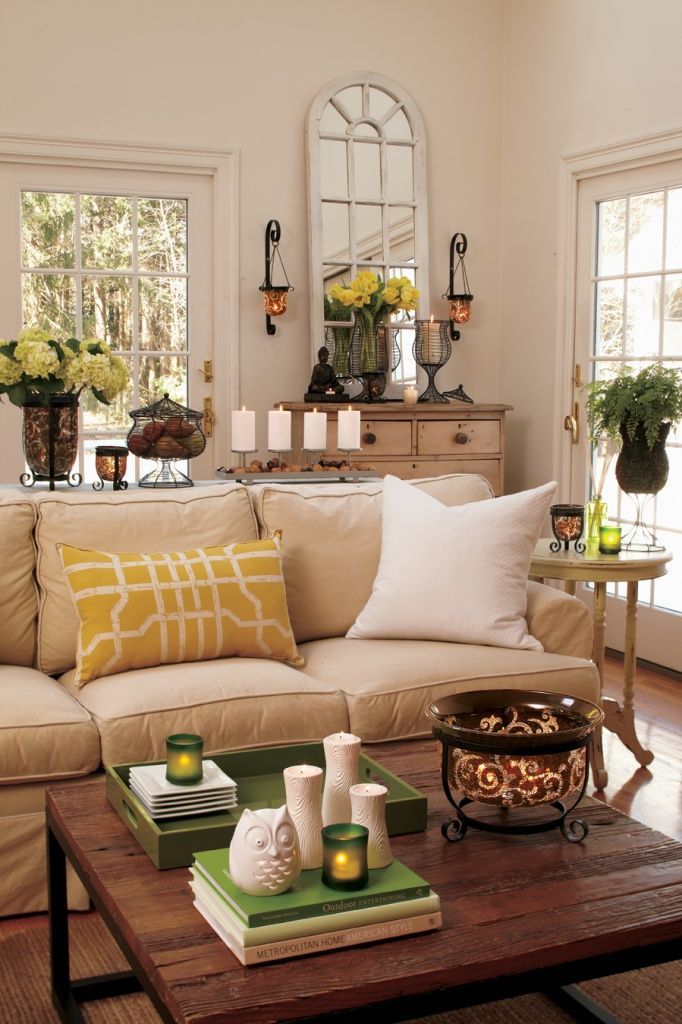
You should also decide how you want to treat the ceiling. You can paint it white for a crisp feel, or the same color as the walls for a cocooning feel. It’s safe to use a matte or flat sheen because the ceiling is rarely touched by dirty fingers or smudge-creating objects. If the surface is perfectly smooth, it can also be painted with a glossy finish as a design feature that reflects light down into the living space. (If your ceilings aren’t smooth, don’t do it — the glossy sheen will only highlight imperfections.)
For something unexpected, consider looking beyond paint. Manufacturers offer a multitude of alternatives, including patterned wallpaper, grass cloth, upholstery fabrics, wood paneling and even stone and brick veneer.
Choose the Furniture
Working from your floor plan and inspiration images, choose the specific pieces of furniture — the sofas, chairs and tables — that will make the space livable. Depending on the desired vibe, you can go in wildly different directions.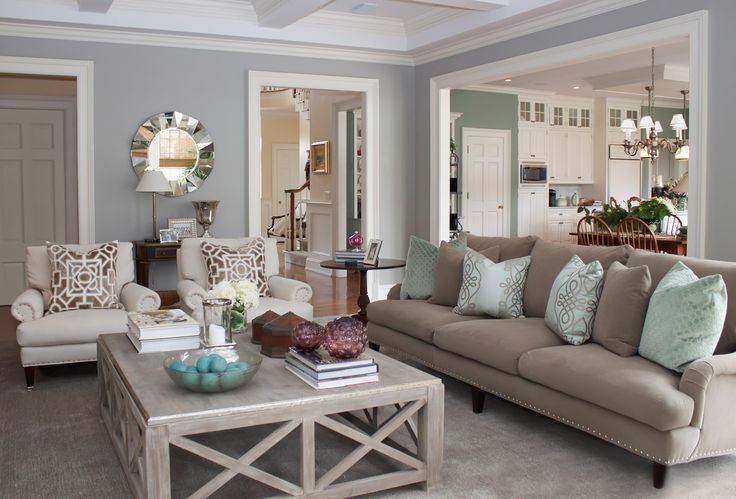
For a traditional room, focusing on a symmetrical layout often helps — for instance, installing a sofa and coffee table centered on a fireplace, with matching armchairs on either side. “A very symmetrical space can be beautiful and formal,” said Ms. Hampton. On the other hand, “if you choose a sectional sofa, it’s probably going to be a less formal space,” she said, with an asymmetrical layout.
Seat height is also important. Sofas and lounge chairs in the same room should have seats that are at similar heights to avoid some people sitting much higher than others. In general, lower seats offer a casual, laidback feel, and higher seats come off as more formal.
Whether the space is casual or formal, there is a rule of thumb to keep in mind: The number of dining chairs should roughly match the number of spaces for lounging. “That’s an old truth my father shared with me,” said Ms. Hampton. “If you’re planning to have 12 people at a dining room table, you should have 12 seats in the living room,” for entertaining before and after the meal.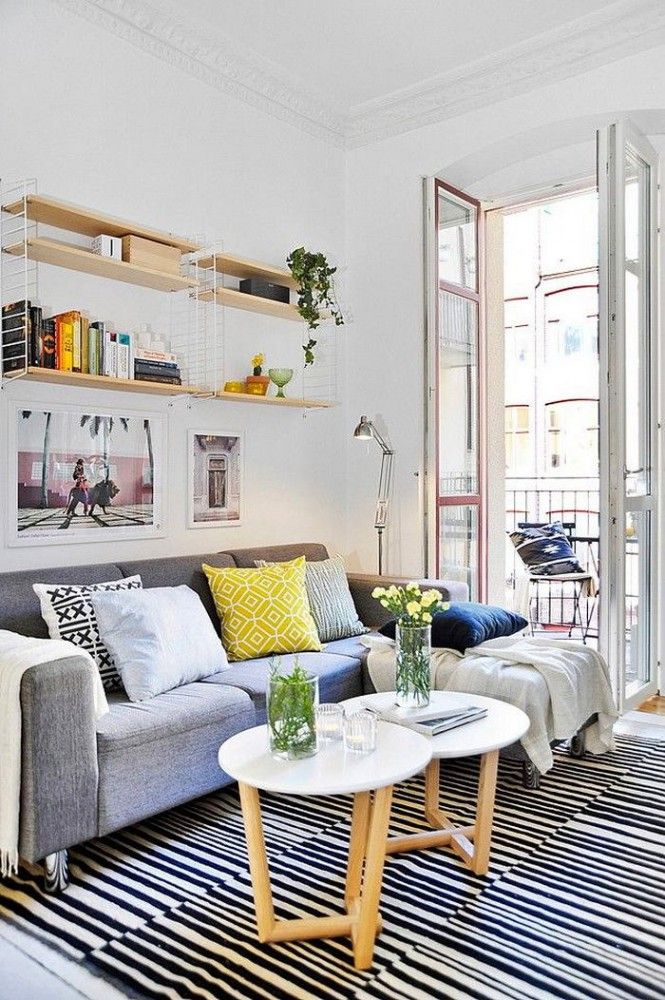
How Things Flow
No living room sofa or chair should be an island of its own. When people sit down, they almost always need a place to put a drink or book, as well as light to read by. Place a coffee table or end table within easy reach of each seat, along with a table or floor lamp.
No one wants to stub a toe on a chair leg, so you’ll also want to ensure there are clear walking paths through the living room, and that no furniture blocks part of a doorway or makes it necessary to squeeze by.
Will your living room have a TV? If so, plan for a wall mount or a media unit to hold it, as well as a path for cables that won’t be unsightly.
Do you plan to host buffet-style dinners? If so, a credenza or sideboard near the dining table will allow you to serve in one space rather than having guests traipse through the kitchen.
Add Rugs
A living room with hardwood floors but no rug looks naked. For visual and literal comfort, add a rug.
There are three common strategies for doing so:
- A room-filling rug.
 Install a rug that covers almost the entire floor of the room, leaving a border or just a foot or two at the edges. This usually works best in smaller rooms.
Install a rug that covers almost the entire floor of the room, leaving a border or just a foot or two at the edges. This usually works best in smaller rooms. - Seating area rugs. Break a larger room down into multiple seating areas by using rugs to visually hold each group of furniture together. Or, in an open-concept space, use a rug to hold the living area together, while allowing the dining area to sit directly on the wood floor.
- Layered rugs. Pile smaller rugs on top of a larger one to create extra visual interest while reinforcing the layout of the room.
Be generous when selecting sizes. A small rug under the coffee table that doesn’t reach the legs of sofas and chairs will look like a raft lost at sea. The rug should extend about halfway, or fully, under the furniture at its edges.
Finish With Art and Accessories
The last step to finishing any room is to add art and accessories, but there is no one-size-fits-all approach.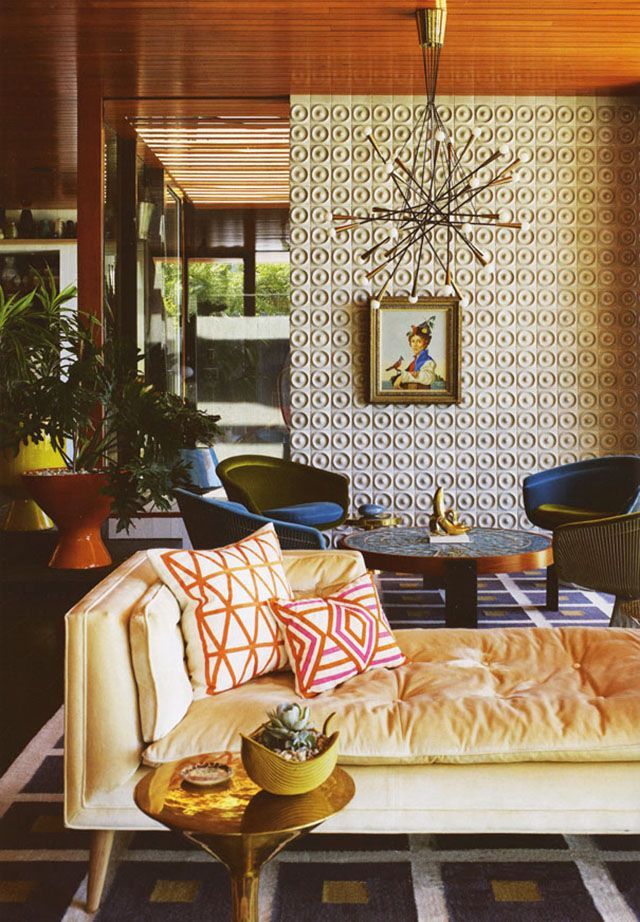 In a minimalist space, it might be just a few objects; in a maximalist space, it could involve displaying entire collections and layers of objets d’art.
In a minimalist space, it might be just a few objects; in a maximalist space, it could involve displaying entire collections and layers of objets d’art.
Go back to your original inspirational images and study the way those rooms are accessorized. Do they mix candles, boxes, bowls and books together, or is there just one vase on a table? Is there a single artwork above the sofa, or a freeform gallery wall?
Be sure to consider your functional needs. A tray on an ottoman can contain remote controls. Throw pillows provide extra back support for deep sofas and chairs. A magazine rack can keep reading materials out of the way. Attractive baskets are ideal for tidying up children’s toys in a hurry.
Bedroom Decor Ideas
Designed correctly, a bedroom can serve as your nightly sanctuary.
Plan the Furniture
It’s called a bedroom for a reason: the bed is the key piece of furniture. As such, it should be given pride of place in the room, most likely with the headboard positioned against one wall and paths for walking on both sides.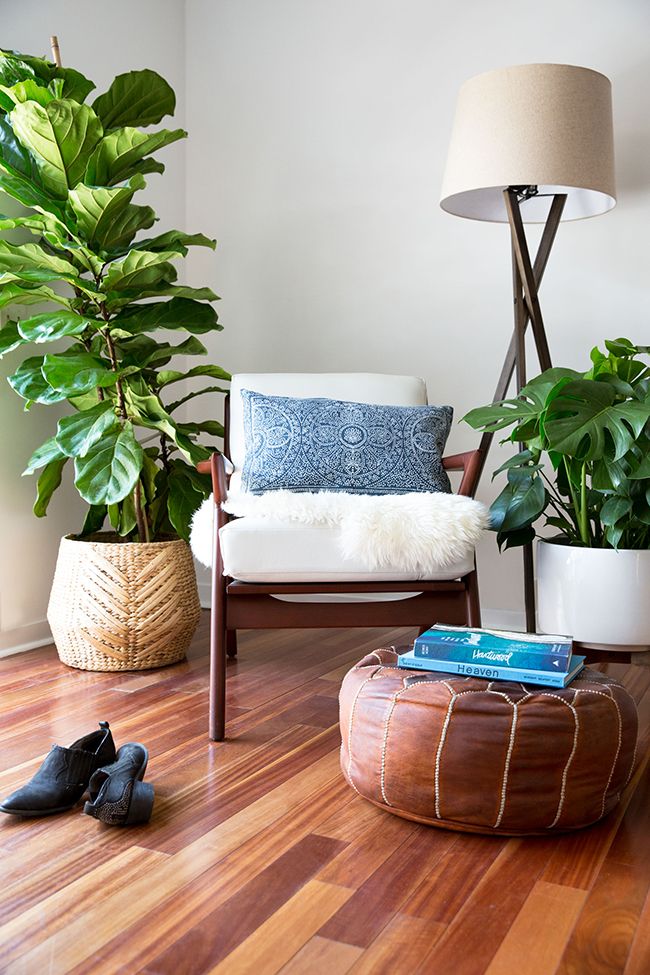
“Don’t shove a bed in the corner,” if at all possible, said Nick Olsen, a New York City interior designer. “They’re impossible to make, and uncomfortable for two people to use.”
One exception: children’s bunk beds. Because they already have safety rails that usually only allow access from one side, there’s no reason not to have one in a corner.
If there’s space, install nightstands on both sides of an adult bed for convenience. They could be simple small tabletops, tables with a single drawer for storing essentials, or something larger. “Consider whether you need extra storage space,” said Mr. Olsen. “You can use two dressers for nightstands,” to provide space for folded clothing.
Do you like to watch TV in bed? If so, you’ll want a dresser, cabinet or console table near the foot of the bed that can hold the TV while providing additional storage (unless you plan to mount it on the wall or spring for a motorized stand).
Many designers also like to put a single chair in the corner of a bedroom, not only as a place to rest but also as a landing pad for tossed clothing and personal accessories when you’re in a hurry.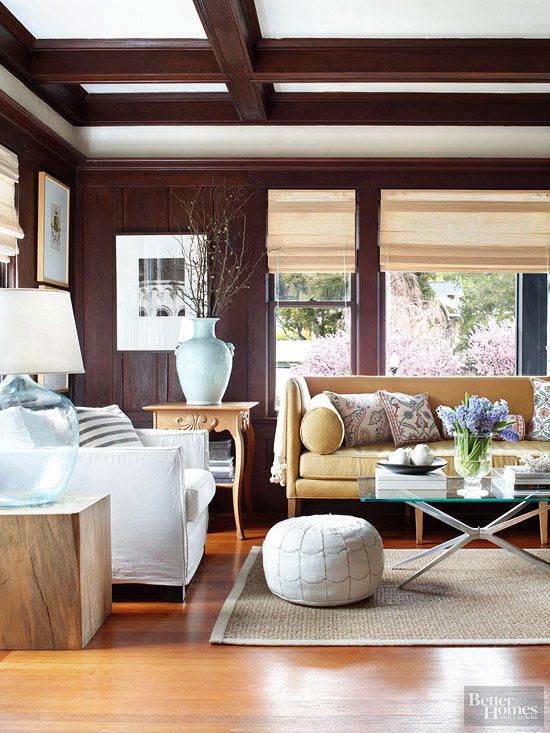
Make It Soft
Because the goal is to create a space that feels calm and inviting, a bedroom is probably not the place to use bold colors or graphic wallpaper. “I would avoid anything that feels aggressive,” Mr. Olsen said. “Even though I like bold colors in my decorating, I like paler tones in the bedrooms: gentle blues, greens and yellows.”
Some designers even upholster bedrooms walls for a literal soft touch.
Underfoot, Mr. Olsen advocates adding some kind of textile to warm up cold, hard floors – either wall-to-wall carpeting, a large rug that extends underneath the bed or smaller rugs on either side of the bed, and perhaps at the foot of the bed.
Make the Bed
There are many different ways to make a bed, and the subject of whether or not you should use a top sheet has been the subject of fierce debate in recent years. Much comes down to personal preference and whether you desire a bedroom that feels casual or formal.
It’s possible to make a bed with nothing more than a fitted sheet over the mattress, a nice duvet and a couple of pillows. But for something a little more formal, you need more layers.
But for something a little more formal, you need more layers.
Mr. Olsen has a very specific way of making a bed, which he says was passed down to him from the designer Miles Redd, who learned it from the doyenne of decorating, Bunny Williams. “I do a fitted sheet, a top sheet, and some kind of blanket, which varies in weight based on the season – a cotton blanket for summer or a wool blanket for winter,” said Mr. Olsen. “Then, four standard-sized pillows, usually down, which I stack. Then a decorative pillow stacked against the standard ones. Then, I do a down duvet with a cover folded at the foot of the bed.”
Mr. Olsen recommended keeping the sheets simple – perhaps hotel-style white linens with a subtle embroidery detail at the edge – and bringing in color and pattern with the top two pillow shams and decorative pillow.
Wirecutter productThe Best Sheets
L.L.Bean 280-Thread-Count Pima Cotton Percale Sheet Set
If you like a cool, crisp feel to your sheets, these are comfortable, very breathable, and reasonably priced.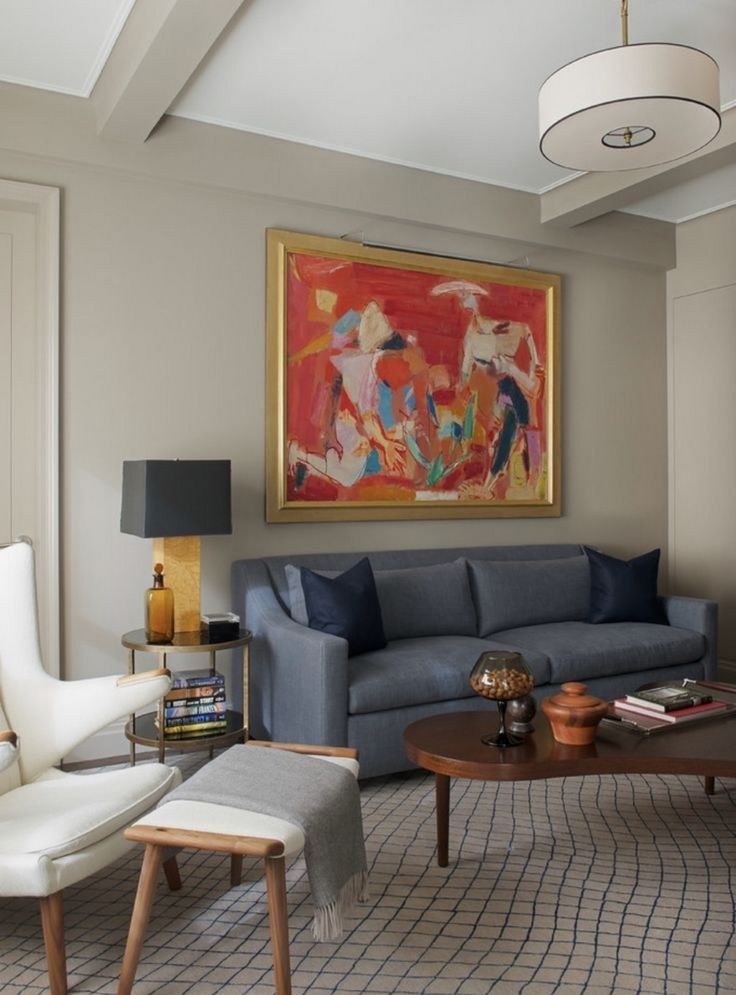
More Wirecutter sheet picksRight Arrow IconRight Arrow Icon
Wirecutter productThe Best Bed Pillows
Xtreme Comforts Shredded Memory Foam Pillow
Moldable and adjustable, with excellent support for back-, side-, and some stomach-sleepers, this is also one of the most affordable pillows we tested.
More Wirecutter pillow picksRight Arrow IconRight Arrow Icon
Wirecutter productThe Best Comforter
L.L.Bean Baffle-Box Stitch Down Comforter, Warm
Sleeping under this comforter was a delight: It felt lofty and warm, but breathable and includes L.L.Bean’s excellent satisfaction guarantee.
More Wirecutter comforter picksRight Arrow IconRight Arrow Icon
Control the Light
The ability to control light – both natural and artificial – is important.
If you’re sensitive to sunlight when sleeping, you want to have the ability to eliminate it completely. The best way to do so is with a blackout roller shade or a Roman shade with a blackout lining. However, sunlight will still usually leak into the room at the edges of the shade. To block it, add curtains with a blackout lining.
However, sunlight will still usually leak into the room at the edges of the shade. To block it, add curtains with a blackout lining.
At night, it’s helpful to have layers of lighting. An overhead light allows you to illuminate the whole room quickly, but may not do much to set the right mood.
A pair of lamps on bedside tables usually offers a more appealing glow. Many designers use table lamps as well as wall-mounted lamps, either hardwired or plugged into an outlet, on either side of the bed. The table lamps provide an ambient glow, and the wall-mounted lamps provide directional light for reading. “It’s nice to have both, but they shouldn’t compete for attention,” said Mr. Ford. “You want a super simple table lamp and a really decorative sconce, or vice versa.”
In terms of control, “Every light should be on a dimmer,” said Mr. Olsen – good advice for every room of the home.
Kitchens and Bathrooms
Customizing these spaces can add personality without requiring a gut renovation.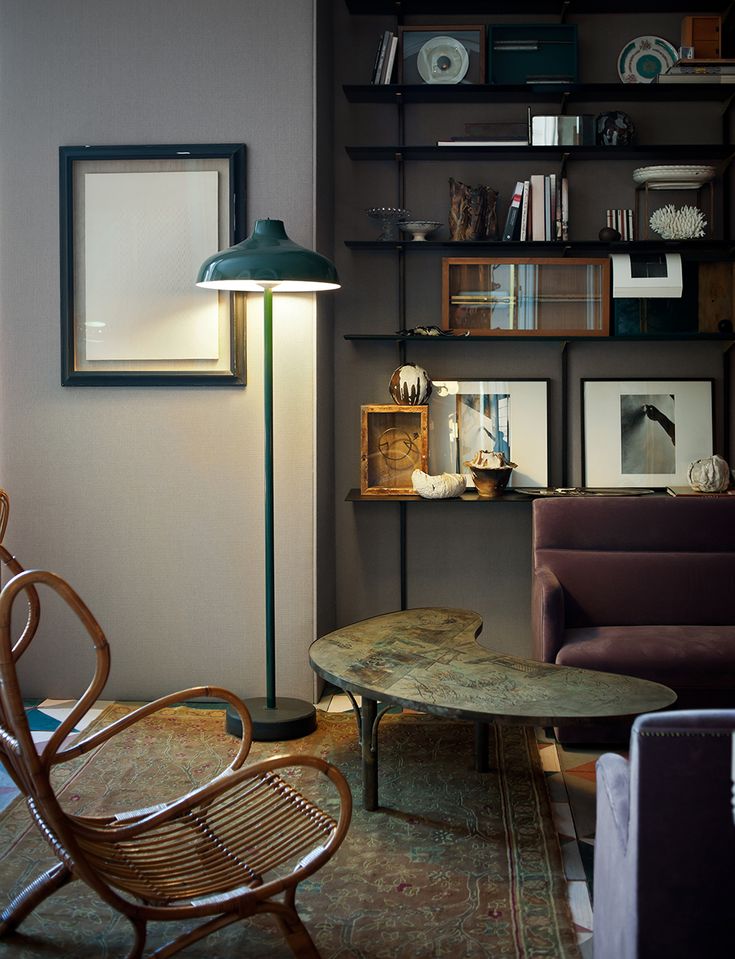
Evaluate Cabinets and Counters
Changing kitchen counters is no small undertaking, but switching from an inexpensive material, like laminate, to a luxurious one, like marble, granite or quartzite, can significantly change the overall appearance of a kitchen or bathroom.
The kitchen backsplash is another area ripe with opportunity. Even if you leave the existing counters in place, you can add or replace an existing backsplash using a favorite tile made from ceramic, glass, metal or cement.
If kitchen cabinets and the bathroom vanity cabinet are simple and in good shape, it’s often possible to paint them a new color for a different look. If the cabinet doors have a design that looks dated, you can sometimes keep the existing cabinets carcasses, and replace the doors only.
In the case of a cheap bathroom vanity, it’s often economical to replace the whole thing. Many companies offer prefabricated vanities, complete with matching tops and sinks.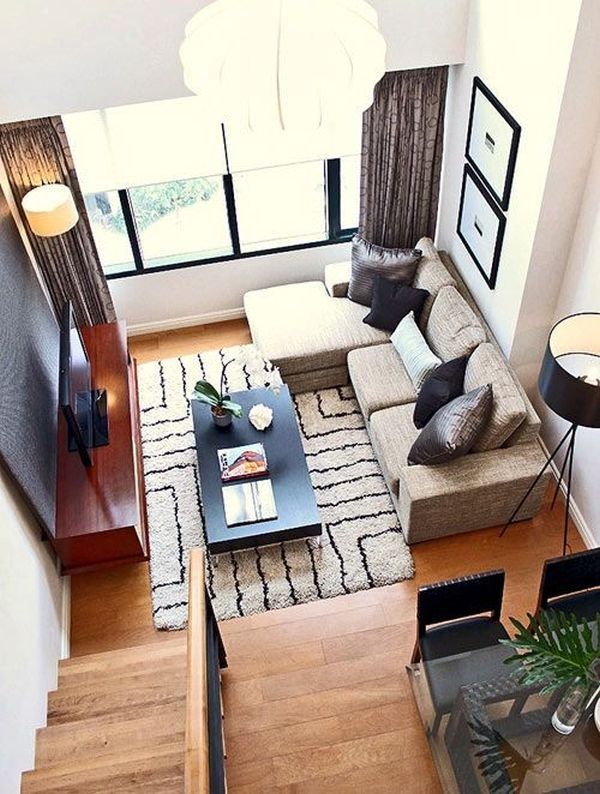
Focus on Things You Touch
Simply replacing cabinet pulls with new hardware can significantly change the look of a kitchen or bathroom. The kitchen and bathroom faucets are also no place to skimp – you touch them every day, so choose models that not only look good, but also have handles that feel reassuring when you turn them, and heads that offer the functionality you desire.
In a bathroom, this line of thinking extends to accessories as well – quality towel bars, robe hooks and toilet roll holders can all give the room an upgraded appearance at minimal cost.
Refresh With Textiles
There’s no point in having nice towel bars if they’re holding frayed or mismatched towels. Recycle your old ones and buy new towels and washcloths in a single solid color (you deserve it). For a decorative accent, add patterned hand towels.
If there’s a mildewed shower curtain around the tub, replace it with one made from a pleasing material like linen, or a glass panel.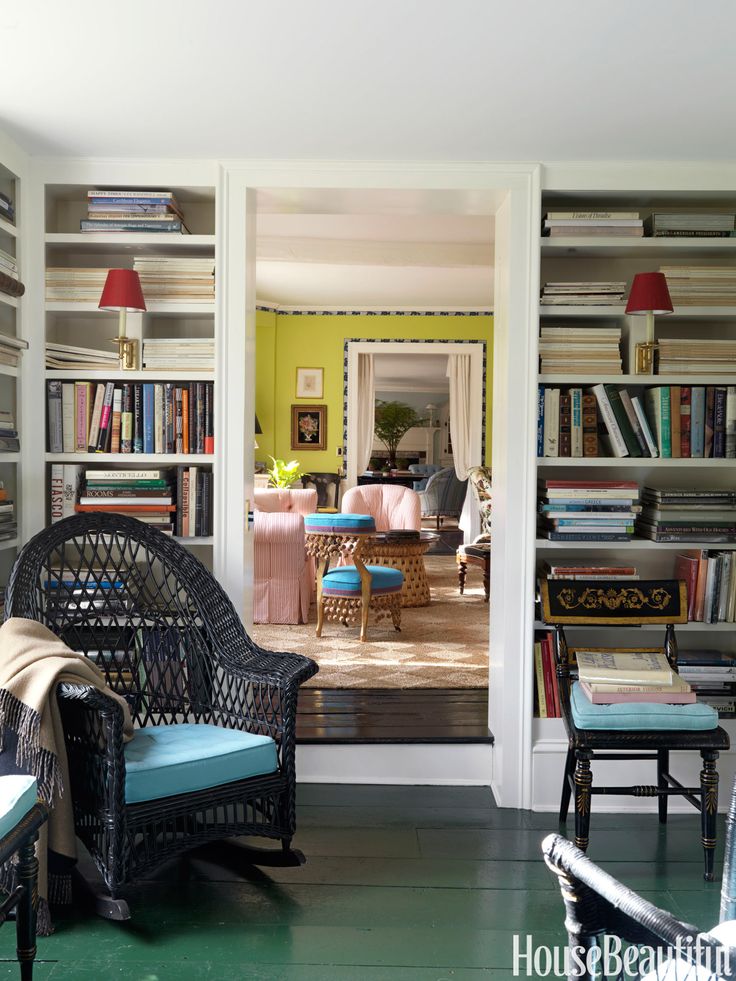
If the bathroom or kitchen floor leaves something to be desired, but you don’t want to go to the trouble or expense of tearing it out, you can cover it with a large woven vinyl rug or mat from a company like Chilewich or Bolon.
Wirecutter productThe Best Bath Towel
Frontgate Resort Cotton Bath Towel
This is the softest towel we tested—it feels like a plush towel from a luxury hotel and comes in a wider variety of sumptuous colors than any other we found.
More Wirecutter towel picksRight Arrow IconRight Arrow Icon
Don't Forget the Powder Room
Because it’s so small and used infrequently, a powder room is the perfect place to let your inner decorator run wild with bold colors and wall coverings.
“If you entertain, it’s so much fun to make it an unexpected, cool element,” that will surprise guests, said Mr. Olsen, who has designed powder rooms with wild wallpaper and mirrored wall panels.
That sentiment was echoed by Ms. Maxwell Foster: “Find a wall treatment you love, and just go for it.”
Maxwell Foster: “Find a wall treatment you love, and just go for it.”
Finally, remember that decorating should be fun. By starting out with a plan, and following the same steps used by the pros, you’ll make the experience significantly less stressful that going at it in a haphazard fashion. And, hopefully, you’ll end up with the ultimate prize: the home of your dreams.
DIY: Easily Interior Design Your Own Home
Getty Images
Not everyone can afford to hire an interior designer to come into their home and put together a fabulous and coordinated design. Many homeowners actually want to be the one who makes the design decisions and incorporate their own style.
So while we have a lot of respect for interior designers and all of the hard work they put into their designed spaces, we also know there’s a lot of you out there who would love a designer look, without the designer expense. We’re confident these tips on how to interior design your home can make that happen.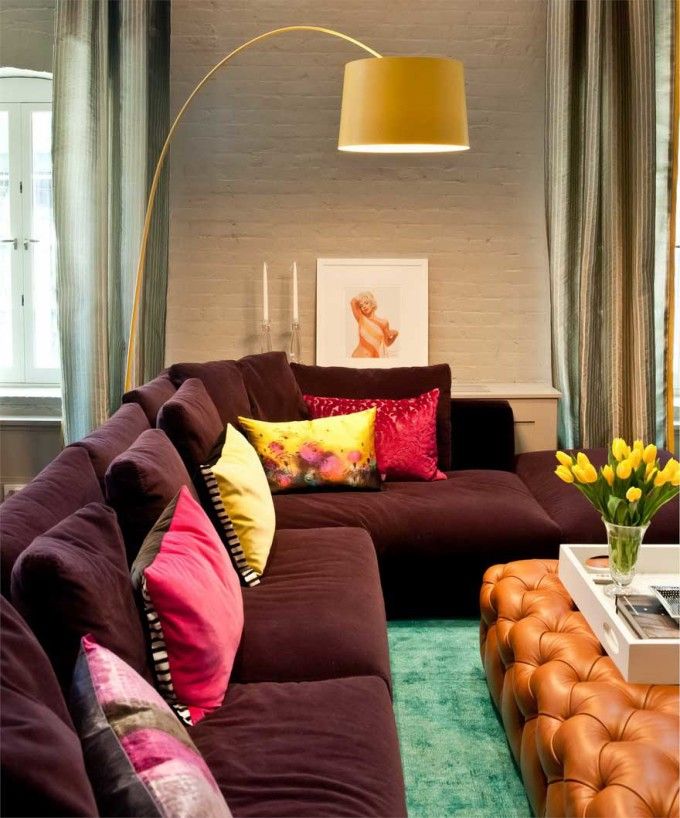
Let’s take a closer look at how to interior design your home by organizing and designing your rooms into a space that, until now, you thought only an interior designer could create. Whether you want your interiors to look like a luxury hotel or just to jazz them up a little, these tips will help. Shhhh… your DIY interior design is our little secret.
Getty Images
Shop These Products Now: Sofa – Center Table – Wall Painting – Rug
Magazines and websites are full of home interior design inspirationThere is a reason for all the avid “Pinners” on Pinterest — people crave an amazing home interior. As most of us have already discovered, decor websites can spark a flame of creativity that we never knew we had.
If you have not already begun to create inspiration boards for your home’s decor, then begin now — this is the first step to creating the home you desire.
Go onto Pinterest to search for home styles that appeal to you, or go onto MYMOVE and use the “Collect This Idea” button to gather design images that excite you, or simply grab some design magazines and cut out pictures that speak to you.
After hunting and gathering for creative DIY interior design images that inspire you, step back and look at all that you have collected — this should tell the story of your design style. You may be surprised at the style you crave to create.
Getty Images/fStop
Shop These Products Now: Velvet Dining Chairs – Dining Table – Flower Pot
Color schemes: use three colors or shadesNow that you have a good idea of a style that you hope to call yours, you need to choose a color scheme. This is the tough part. Color is so personal and creates moods within us that inspire.
No matter what, choose the colors that call to you when you revamp your home interior design. Look at your inspiration boards — what colors are prominent in the rooms you saved?
We won’t tell you what colors to choose, but we will tell you to try for a mix of three colors or shades. One main color for walls, another color for larger accents such as couches and chairs, and then a third color that pops in smaller accessories such as flowers, pillows and knick knacks.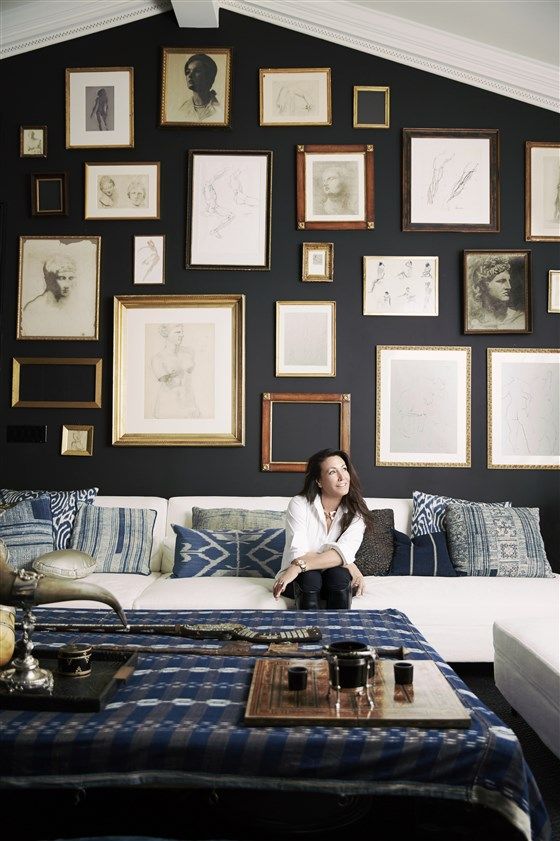 Remember color is influenced by how much light you bring into your home. Consider using floor-to-ceiling windows to enhance your interiors to bring out color too!
Remember color is influenced by how much light you bring into your home. Consider using floor-to-ceiling windows to enhance your interiors to bring out color too!
Let’s say you choose a color combination of brown, teal and tangerine. A shade of brown would probably be the wall color, teal may be the color you choose for accent chairs or an accent wall, and tangerine could be the color you pull out in pillows and accessories.
This formula of three colors works in any combination. Just remember, three is better than one or two, as a room done in one color is boring. Yes, you can have an all-white room but with three shades of white.
Add texture to your homeEqually as important to color, is texture — especially if you crave a single color scheme such as all-white or all-grey. A room at first glance can seem like a single color scheme, but if you look closely you will notice shades within the same color and plenty of texture via fabrics/textiles.
An all-white room may have linen draperies, a plush velvet chair, shiny silk cushions, rattan chairs and woven baskets, and a nubby cotton sofa with a faux fur blanket tossed on the side.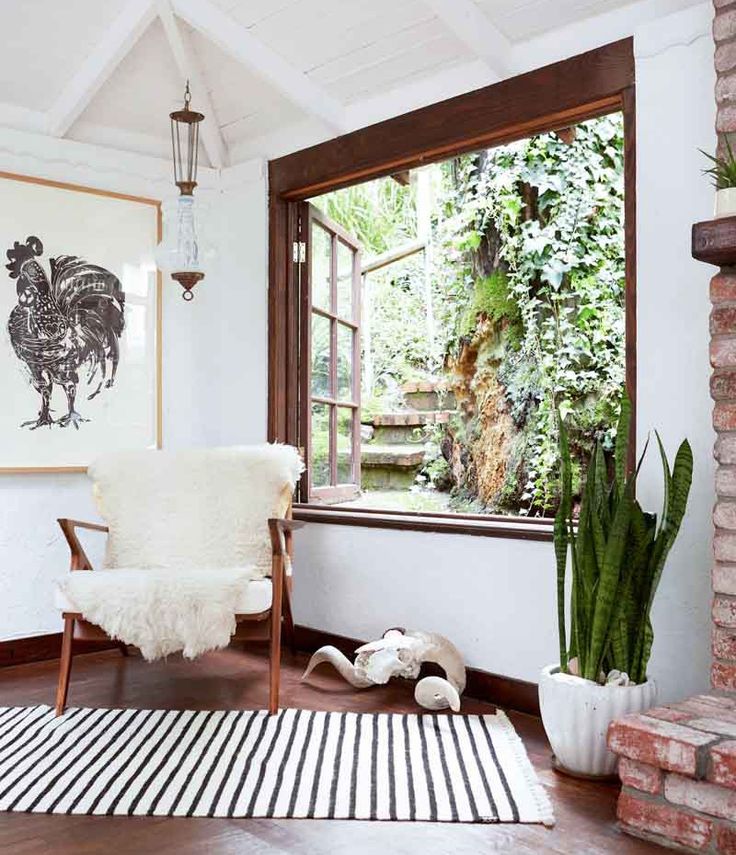 All of these elements add texture and please the eye, creating a warm, rich environment.
All of these elements add texture and please the eye, creating a warm, rich environment.
Design can describe the personality of the owner, so by using textures, patterns and varying colors can bring a dull room into sophistication with ease.
Consider the textiles that suit your lifestyle. If you have kids and dogs, then you may not want a light cotton sofa; rather, a darker leather or mohair sofa may better suit your needs. If you crave luxury, then consider high-end silk draperies and pillows.
Whatever your style, try to add plenty of texture by bringing together numerous textiles into your DIY interior design.
Frank Herfort/Getty Images
Shop These Products Now: Love Seat – Round Table – Accent Chair
Add big statement furniture piecesThis is a common mistake most homeowners make —too many small, spindly pieces in one room. A room with leggy chairs, leggy tables and lots of small knick knacks only serve to clutter the room and confuse the eye.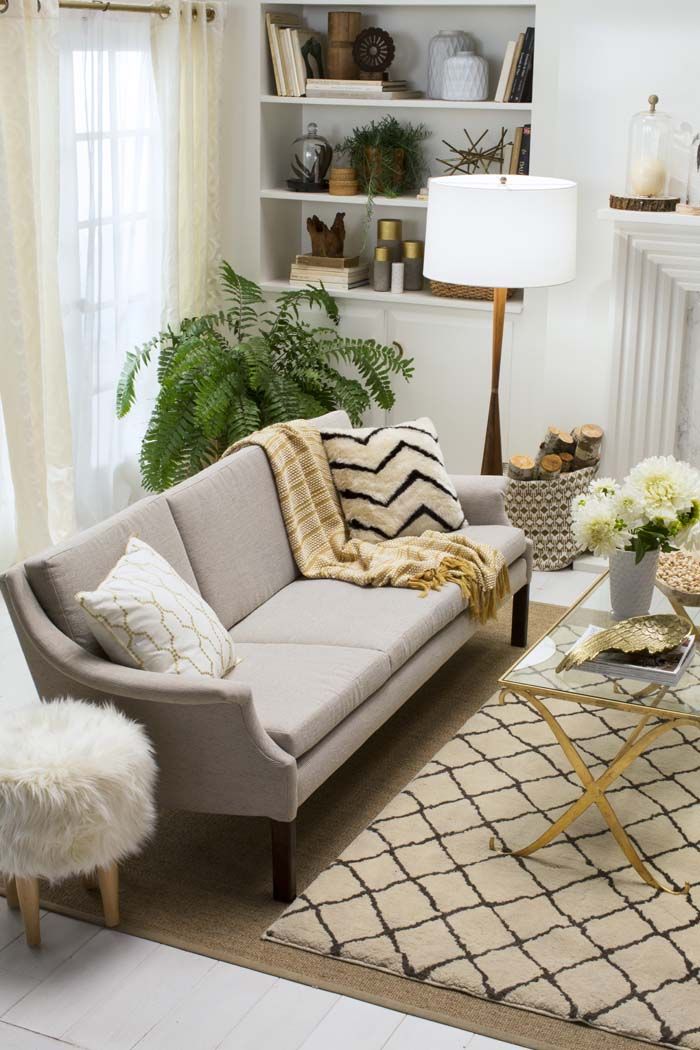
Instead, try for a room that is well mixed. Have a large sofa, some skirted club chairs (so you can’t see the legs) and then one or two slender arm chairs with attractive carved legs (depending on space). This is just one example, but it gives you the idea of mixing furniture styles and sizes so that the room looks balanced —not too bulky and not too spindly.
Even if you are decorating a small apartment, there are plenty of decorating ideas to try. Most designers will recommend that even the smallest of rooms have one large statement piece, such as a large armoire or cabinet. A mixture of big and little is key to a successful home interior design. This rule goes with accessories, too.
Oscar Wong/Getty Images
Shop These Products Now: Bedside Table – Basket – Bedroom Plants
Use trays, decorative bowls and basketsDesigners love to use trays, decorative bowls and sometimes baskets, to arrange collections or loose items that need a home. For a hint of glamour, try adding a glitzy gold tray to your coffee table, ottoman or side table.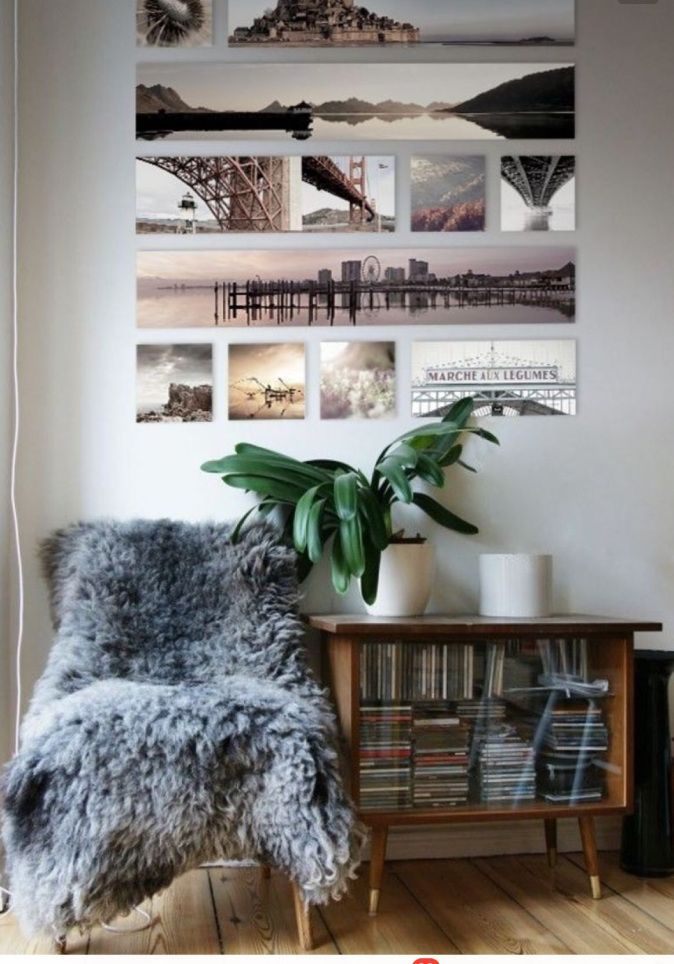 On top of the tray, place a pretty candle, a couple of books and a small bowl of colored stones. Little vistas such as this seem frivolous, but they are imperative to a layered, decorated aesthetic.
On top of the tray, place a pretty candle, a couple of books and a small bowl of colored stones. Little vistas such as this seem frivolous, but they are imperative to a layered, decorated aesthetic.
If you desire a more rustic approach, then try woven baskets in your home. Baskets are fabulous decorative tools that can hide a lot of clutter. Try to create these little niches throughout your home.
You will love how a tray or basket can collect bathroom soaps and perfumes, as you arrange these everyday items into a piece of displayed art.
Frank Herfort/Getty Images
Shop These Products Now: Wall Mural – Console Table – Table Mount Statue
Add flowers to every roomGo back and look over all your inspiration boards — what do you see? Do you see flowers or plants in almost every room? We bet you do.
It seems like a simple tip, but adding floral arrangements, live plants and natural items such as vases of shells or rocks, can really add that final touch to your home interior design.
There are numerous easy-care plants that you can purchase for your home that will last years if properly fed and watered. Most designers will tell you to avoid fake floral arrangements.
If flowers or plants are not what you desire, then try other natural elements such as twigs or feathers placed in a large urn. Natural arrangements add the final touch to a room — the final touch that says, ‘An interior designer has been here’.
If you can’t hire an interior designer, you can still have a home that looks like you did. All of these little tips and tricks work together to create a warm, well-designed home interior. Try adding texture, color, statement furniture and elements of nature to your home today.
If you are unsure of the final outcome or arrangements that you have made, then snap a photo. Pictures of a room will allow you to see the design from a different viewpoint, helping to see if you went wrong somewhere along the way.
Remember, it’s your home and you are the one who has to live in it, so create a home that you love— a home that portrays who you are.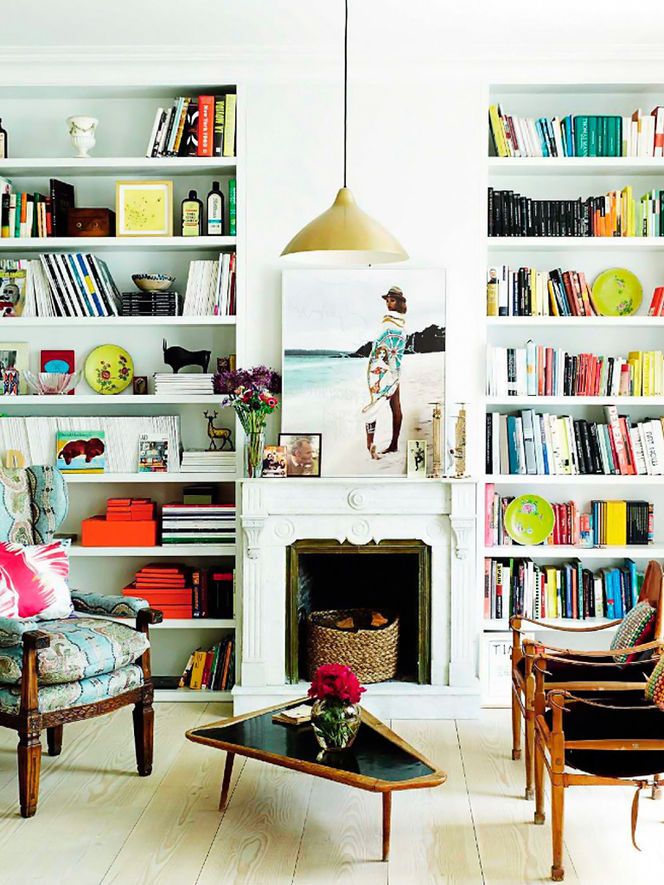
Now that you know how to interior design your home, it’s time to put these tips into action. With a little help from sites like Pinterest and MYMOVE, you can confidently take your home interior design into your own hands. Whether you prefer a style that’s vintage, rustic, or minimalistic, you can use these tips to add interesting touches to your home and make it uniquely yours.
Interior of a small private house: ideas for creating a cozy home
Tired of noisy cities, people try to buy a small country house for quiet cozy evenings. Some do not tolerate apartments at all and prefer the private sector. For both groups, this information will be useful, especially if repairs are to be made.
A private house gives much more freedom than a city apartment
Contents
- 1 Benefits of decorating a private house
- 2 Location of rooms
- 2.1 A single -level house
- 2.2 Two -level house
- 3 interior decoration
- 3.
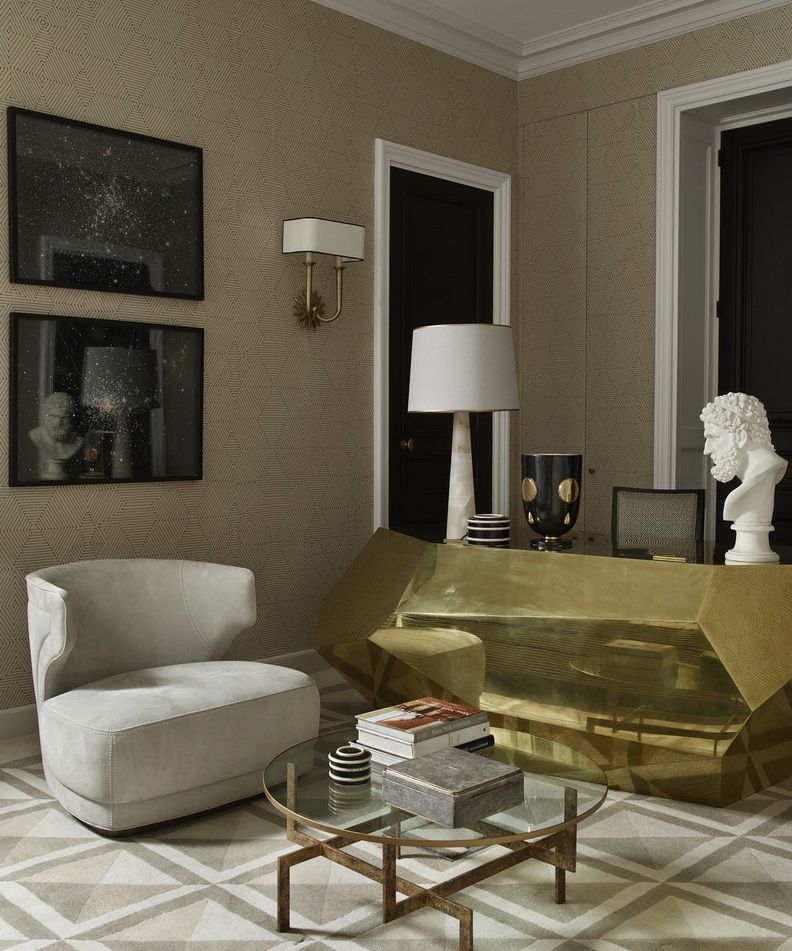 1 kitchen
1 kitchen - 3.2 Living room
- 3.4 Bath 900,000 9000 9000 9000 4 5 Photo ideas for decorating rooms in a private house
- 5.1 See also
- 3.
Benefits of decorating a private house
If you are still in doubt about whether to buy a country house, consider the advantages of its design and make an appropriate verdict:
- More space for creativity. Even a small private house exceeds the dimensions of the apartment in terms of square. So, you have more room for action. This especially has a positive effect on the kitchen, since this room in most apartments is small.
- Freedom of redevelopment. Here you can freely remove any wall, combine rooms and do any manipulations with the layout. The advantage is that in this case it is not required to legitimize the redevelopment.
- Ceiling heights. This factor plays an important role. Most apartments have low or standard ceilings. In a private house, this figure increases significantly, especially if the house has several tiers.
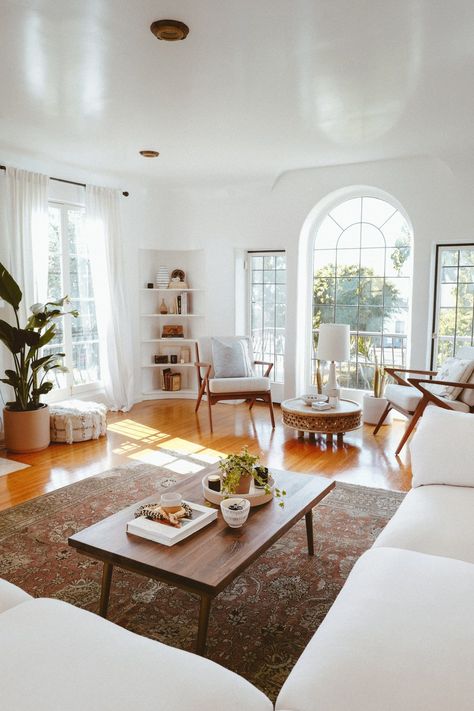
If you are still in doubt, look at the photo of the design of country houses, and see its clear advantages.
Rustic styles are suitable for the interior of a beautiful private house
Nautical theme can be used for interior design
You might want to make a real fireplace
Now to the question of the interior of a private house. Let's start with planning.
See alsoCombination of colors in the interior using the color wheel
Another advantage of decorating a private house is that you choose the location of the rooms yourself. If you are buying a ready-made option, take the suggested tips into account, if you do redevelopment yourself, then they will become a real find for you. In any case, you can always change the location of the rooms, because this is a private house.
The main thing in the interior design of a country house is a competent organization of space
See alsoHi-tech apartment: effective conciseness
Most small country houses are one-level.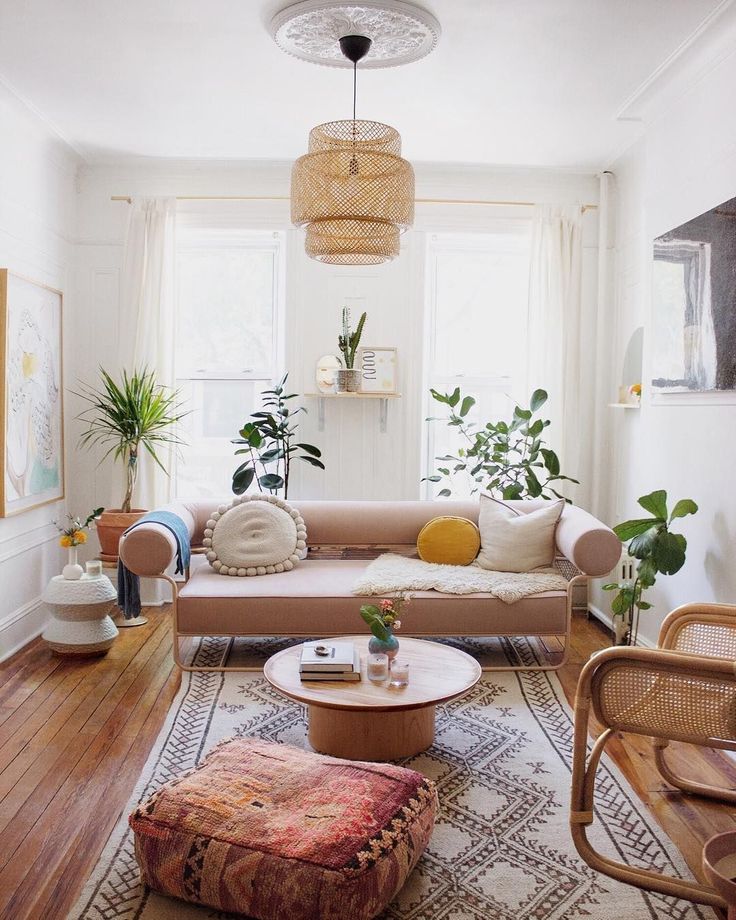 They serve as a dacha where the family gathers for gatherings. In this case, you need to correctly use the available space and properly arrange the rooms.
They serve as a dacha where the family gathers for gatherings. In this case, you need to correctly use the available space and properly arrange the rooms.
The interior of a small country house of an elongated configuration
The bed is located on the second tier
The narrow kitchen fits everything you need
Important! The bathroom should be located further from the kitchen.
Bathroom of an economy class country house intended only for summer residence
Remember, it is better not to move such rooms as the kitchen, bathroom and toilet, because there are many communications here. For this reason, decide immediately how they will be located relative to each other. It is better that the bathroom is located further from the kitchen, closer to the bedrooms.
Don't forget that even a small house should have an entrance hall. It can be a long narrow corridor, a square or rectangular small room. Then trace the location of the rooms depending on the shape and location of the hallway.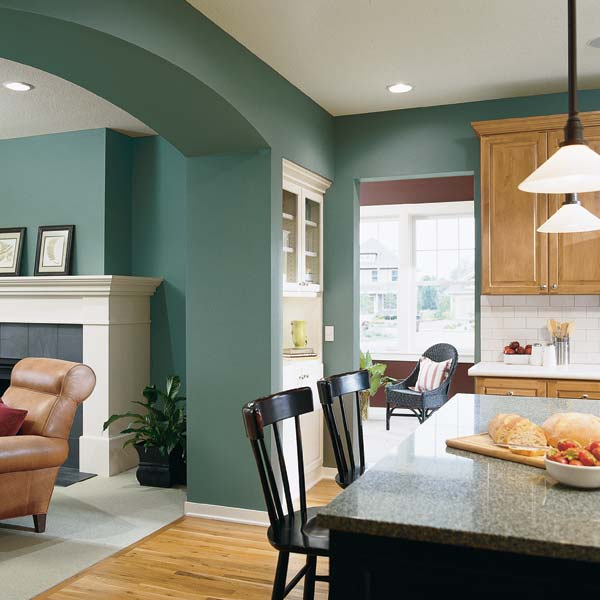
In the hallway, it is necessary to provide a convenient system for storing clothes and things
See alsoWe embody the Provence style in the interior of the apartment
If the house is two or one and a half levels, it becomes easier to arrange the rooms, because now we have more space.
The stairs to the second floor are usually located in the living room on the first floor
So, all technical rooms like kitchen, bathroom and pantry should be on the ground floor. Also define a place for the living room here.
The second floor belongs to the bedroom, office (if required) and guest rooms.
Living room on the second floor, in which, in order to save space, the functions of a living room, bedroom and office are combined
Tip! In a two-level house, it is better to have two bathrooms.
The bathroom can be placed under the roof slopes of the attic floor
Another bathroom should also be located on the second floor.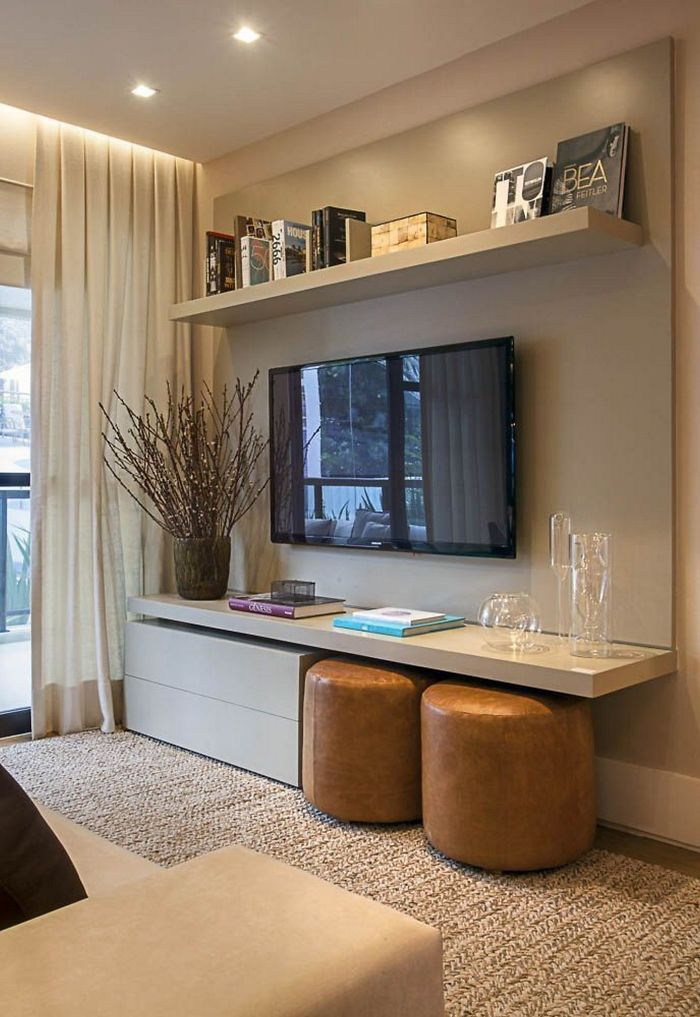 It may not be a full bathroom with a toilet, but only a toilet.
It may not be a full bathroom with a toilet, but only a toilet.
Do not forget that in a country house there must be rooms for guests. Their number and size depends on the available free space, but even a small house can fit two small guest rooms.
Guest bedroom interior
Pay special attention to the design of the living room, because such a house often becomes a place for festivities.
See also Shades of gray in clothing and interiors
Interior decoration
To create a quality interior for a small house, you need to make a good foundation. In this case, it is made up of finishing materials. We offer a list of the most common and easy-to-use materials for interior decoration of a house, depending on the functionality of the room.
See alsoSpring interior in apartment design
Kitchen
| Zone | Finishes |
| Sex | Linoleum |
| Ceiling | Stretch ceiling, wallpaper, painting |
| Walls | Kitchen apron: tiles, artificial brick, stone, plastic, glass |
Provence and country are the most favorite styles among country dwellers
It is worth noting that linoleum is best suited as a floor covering for the kitchen.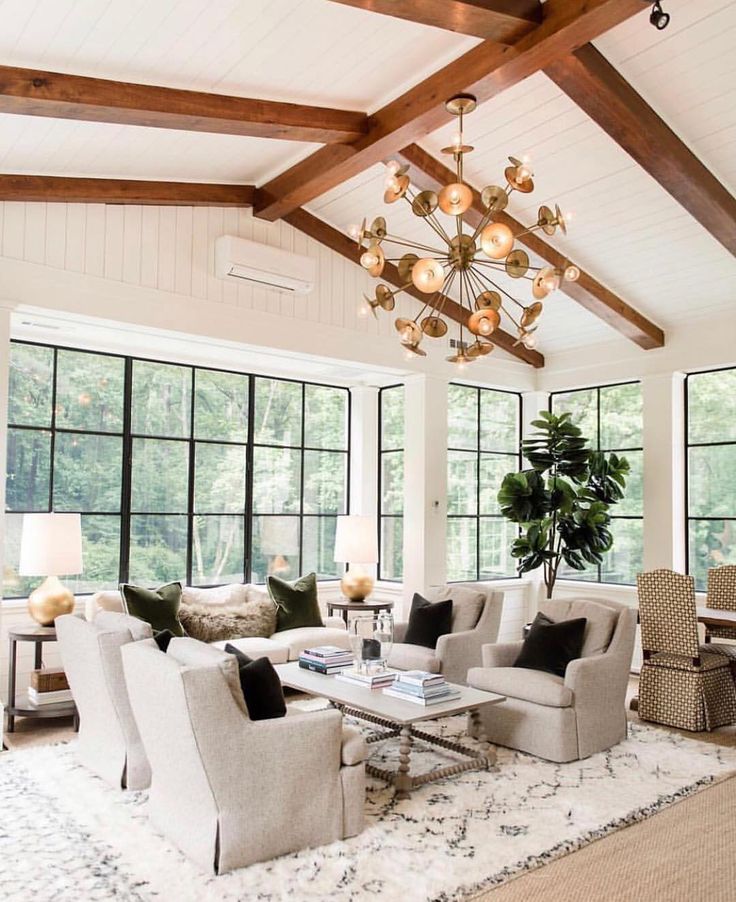 The tile can be traumatic, as it is slippery when wet; laminate and parquet will warp from spilled water.
The tile can be traumatic, as it is slippery when wet; laminate and parquet will warp from spilled water.
For a sufficiently spacious room, you can choose the Scandinavian interior style
Fans of extraordinary solutions can decorate the kitchen in the loft style
In general, choose waterproof, fireproof materials for your kitchen. Pay special attention to the kitchen apron, because this is the most used and dirty place.
See also Patchwork style in the interior: history of development, use in design, master class.
Living room
| Structural elements | Finish |
| Sex | Laminate, linoleum, parquet |
| Ceiling | Stretch, suspended, multi-level plasterboard structures, painting, wallpapering |
| Walls | Wallpaper, painting |
In a small house it is better to combine the living room with the kitchen and dining room
For the living room, it is better not to use tiles as a floor covering.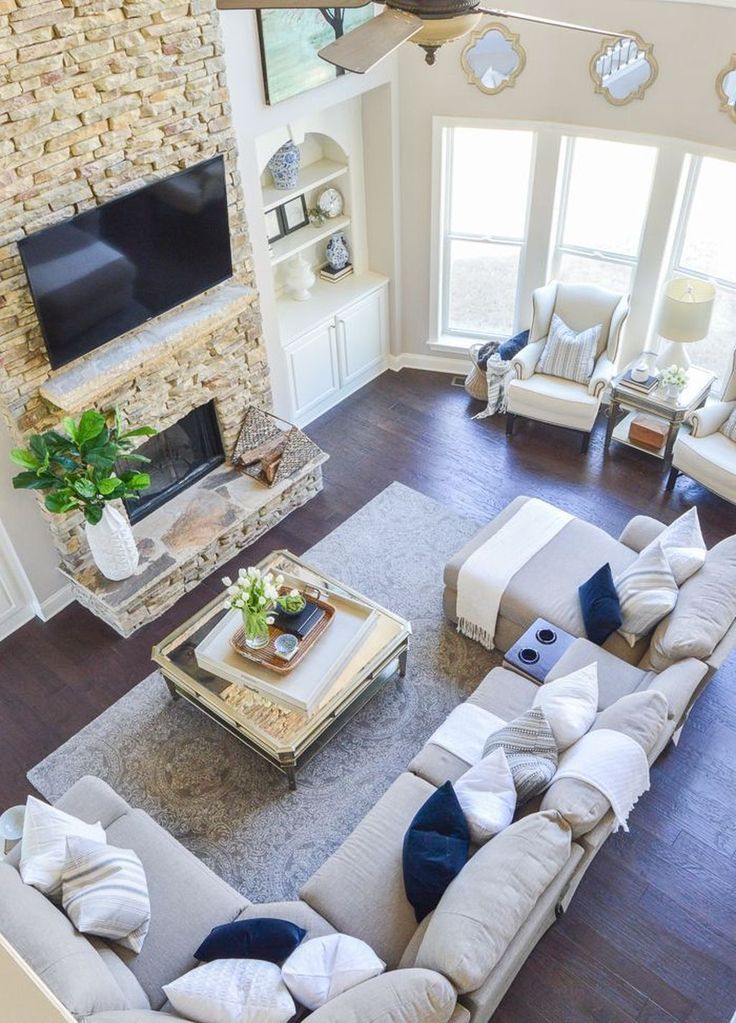 Here it is inappropriate for technical characteristics and aesthetic reasons.
Here it is inappropriate for technical characteristics and aesthetic reasons.
The fireplace in the living room can be lined with natural stone
The stone can also be used to decorate the walls of the living room
Remember, the color of the ceiling should be light, and the floor, on the contrary, darker by several tones (only if this does not contradict the intended design).
m.
Bathroom
| Room elements | Finishes |
| Sex | Tile |
| Ceiling | Painting |
| Walls | Tiles, decorative plaster, brick, wood |
Good choice of finishing materials and color palette
The ceiling in the bathroom can be sheathed with wood
A special microclimate is formed in the bathroom, which is characterized by high humidity and temperature. In view of this, the choice of materials for finishing is not great here. The main option is tiles. It is suitable for floors and walls. It is desirable to cover the ceiling with a primer and paint it white. The rest of the options will accumulate moisture, and may lead to mold in the bathroom.
The main option is tiles. It is suitable for floors and walls. It is desirable to cover the ceiling with a primer and paint it white. The rest of the options will accumulate moisture, and may lead to mold in the bathroom.
See also How to create something extraordinary from the ordinary? Original design solutions in the interior of the house and apartment
Bedroom
In terms of finishing, the interior of the bedroom is similar to the design of the living room. It is appropriate to use the same materials and finishes that were considered for the living room.
Snow-white bedroom in a small country house
Cozy bedroom in trendy French Provence style
Note! For the bedroom, it will be appropriate to use carpet around the entire perimeter or a small rug near the bed.
A small bedroom can be visually enlarged with perspective wall
Here are the main options for arranging the interior of a small private house. Now it will be easier for you to choose the right idea.
Now it will be easier for you to choose the right idea.
See also Loft style in the interior
Video: interior of a country house
See alsoHow to turn a non-residential attic into a furnished attic
How to decorate the interior of a private house: tips and 23 photos
Thinking through the interior of a private house is not an easy task. After all, the house should please the owners with its appearance for many years! Living in a private house has a lot of advantages, in connection with which an increasing number of people prefer it to an apartment. One of the main advantages of a private house is that it is possible to change both its external and internal design to your liking. Having worked through a large amount of information on the Internet, Dekorin has collected for its readers the most modern trends in the design of rooms in a private house.
How to think over the interior of a small private house
For a small private house where space is limited, it is important to think over the interior and design of the premises, as well as the arrangement of furniture and decor items.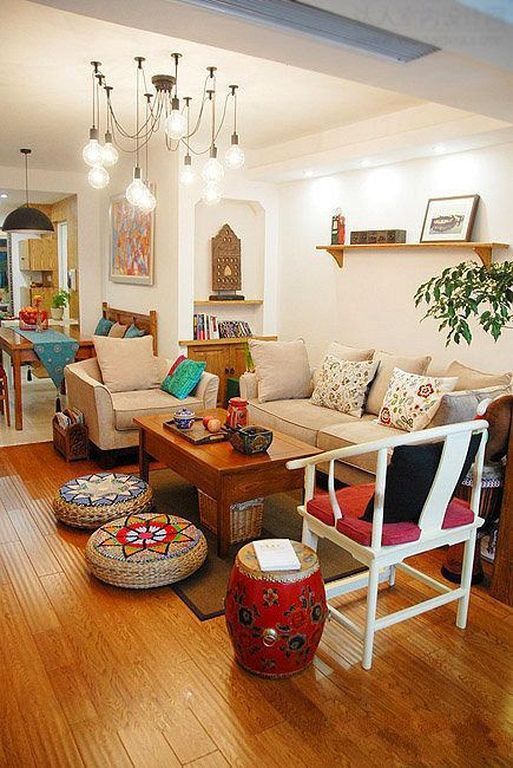 In a relatively small space, you need to place everything you need for life, so all the elements should not take up much space and be as practical as possible. Find out how you can visually enlarge room .
In a relatively small space, you need to place everything you need for life, so all the elements should not take up much space and be as practical as possible. Find out how you can visually enlarge room .
It is worth noting that the interior design of a house largely depends on its purpose: will it be a country house for permanent residence or just a dacha? For a house where people are constantly, it would be logical to have a light and free modern interior in a minimalist style, while at the same time such “cozy” styles as country or Provence are often used for summer cottages.
Also read: Attic interior design in a private house
Where does the interior begin - entrance hall design in a private house
The entrance hall is the first room in the house where people enter. By its design, a general impression of the house and its owners is formed. Therefore, the interior design of the hallway in a private house should be done in such a way that it reflects your taste and the overall style of your home.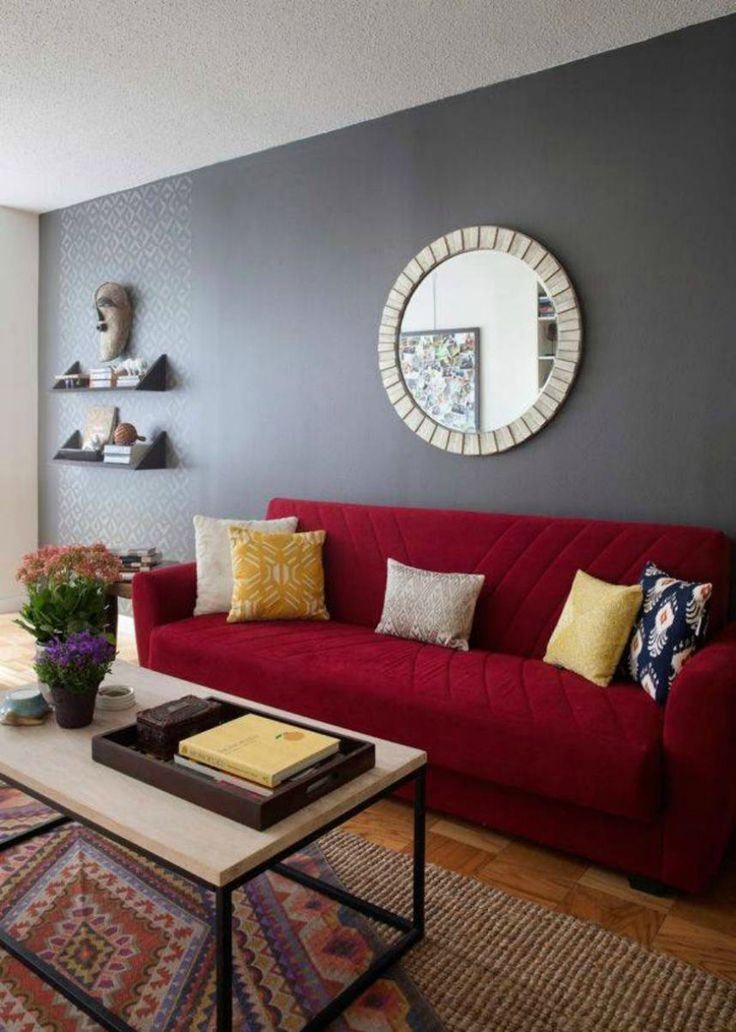
First of all, it is important to think about the right finish for the walls. It should be wear-resistant, but at the same time original, since in the hallway people, when dressing, often touch the walls with their clothes or their hands. Washable vinyl wallpaper, wood paneling, or tile are ideal wall coverings in the hallway, as they are very easy to care for. As for flooring, the recommendation here will be similar to wall covering - only wear-resistant materials such as tiles or hard laminate. The owners can perform the design of the ceiling according to their taste - here their imagination is not limited to anything.
Furniture for the interior of a hallway in a private house can be more spacious and larger than in an apartment, but here it is important to try not to clutter up the space. Common items of hallway furniture are clothes hangers, as well as a shoe rack. If you wish, you can install a sliding wardrobe with a large mirror, which will visually expand the volume of the hallway, put a bench or chair for changing shoes, a console table for accessories.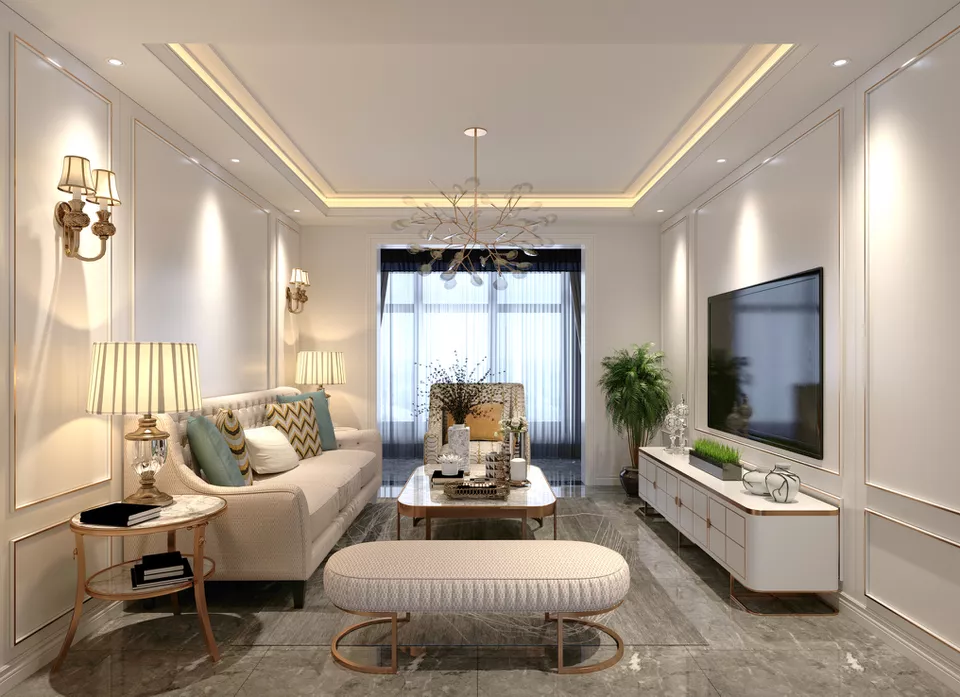
As for lighting the hallway, here you can stop at the option of spotlights that will illuminate every corner and at the same time do not take up much space.
Also read: How to arrange the second floor in a private house: room layout and design
Design of a hall in a private house in different styles
as well as cozy evenings by the fireplace, the owners of the dwelling rest. Since the hall is the main room, it should be multifunctional, combine modern style and originality.
The design of a hall in a private house is influenced by many factors, the main of which are the architectural features of the building, the size of the room, and the taste preferences of the owner of the home. For help in designing your home, you can turn to a professional interior designer, or, if you wish, develop the interior of a private house with your own hands .
Living room interior decoration can be done in any of a variety of styles.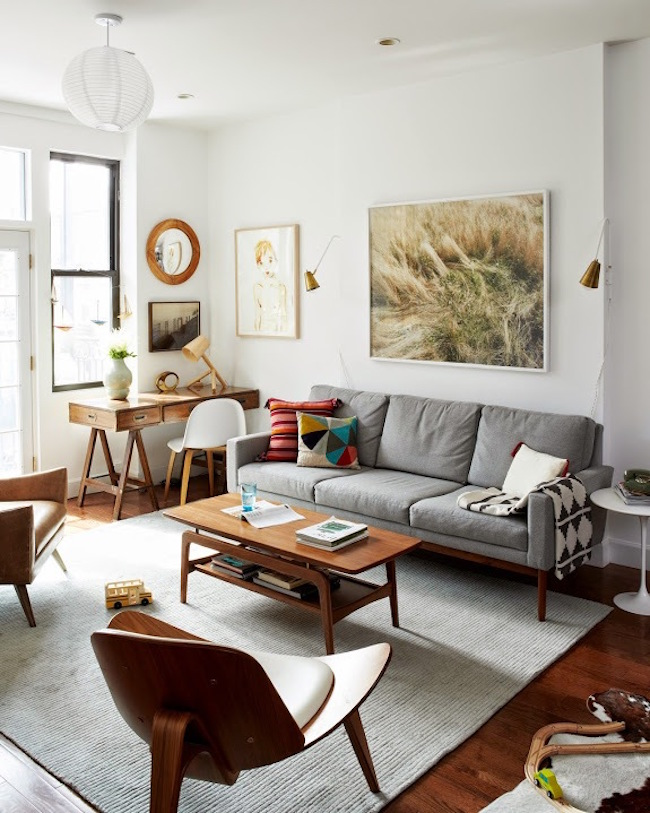 Consider some of the most popular today:
Consider some of the most popular today:
1. Classic interior style
Classic interior design uses natural materials such as real stone and wood. All interior items are emphatically refined, comfortable and elegant design. Also, the classical style provides for the possibility of having a fireplace, stucco and parquet made of expensive wood in the room.
2. Hi-tech interior design of a living room in a private house
Hi-tech is one of the most popular styles in contemporary interior design. This style provides for a minimum number of pieces of furniture. The design is carried out using strict lines and involves the use of cold shades.
3. Antique style - the perfect choice for the interior of a country house
Antique style involves decorating the walls with natural stone, stone tiles or plaster. Mosaic tiles or parquet are used for the floor. The ceiling is decorated with a bas-relief along the edges. The main color scheme of the antique style is yellow, light brown and green, as well as their shades.